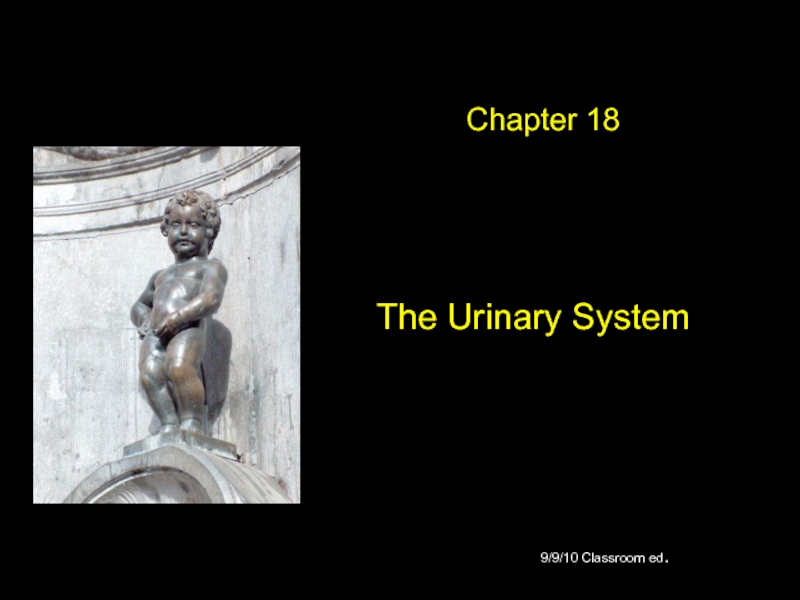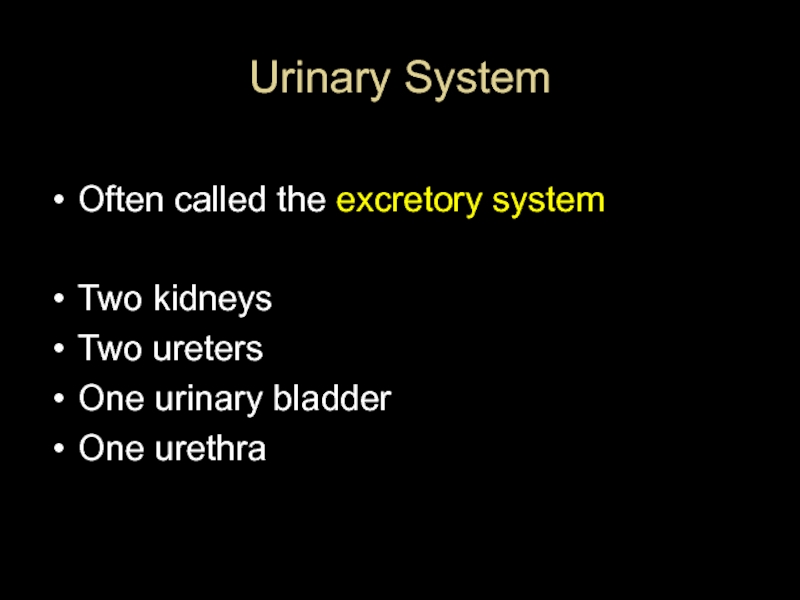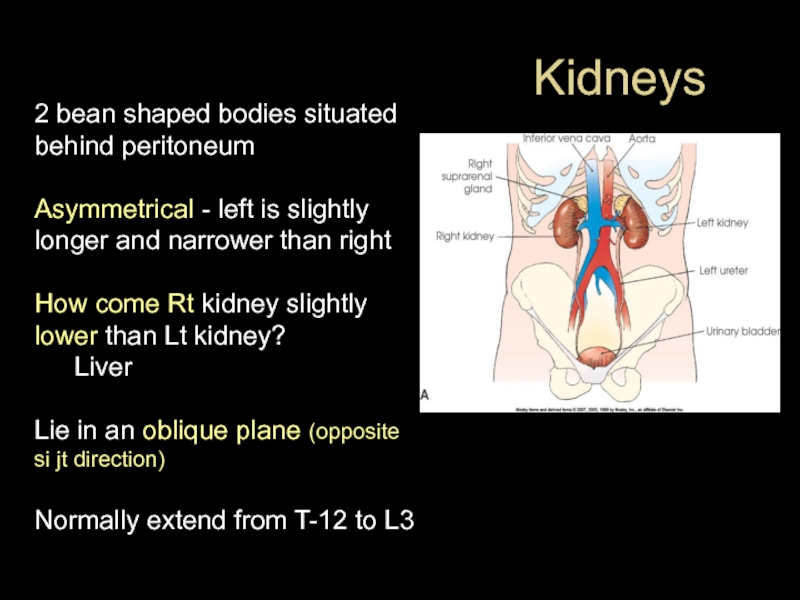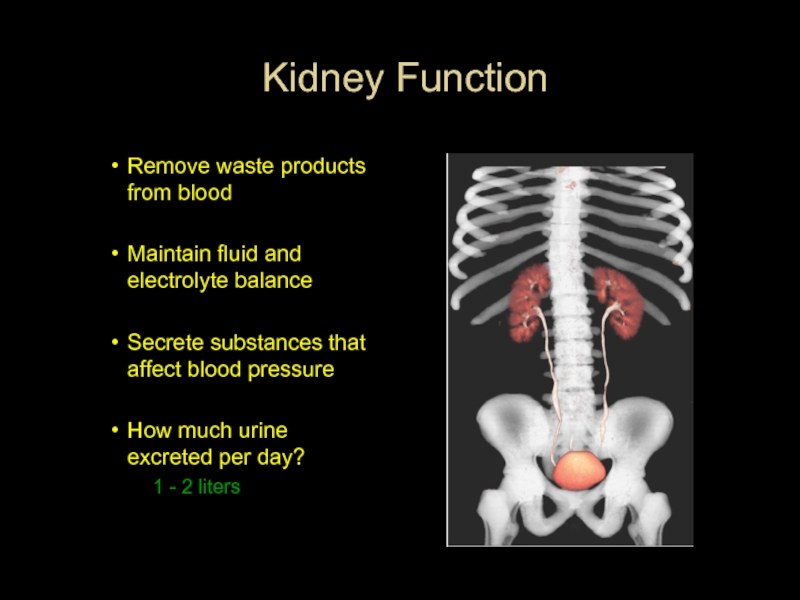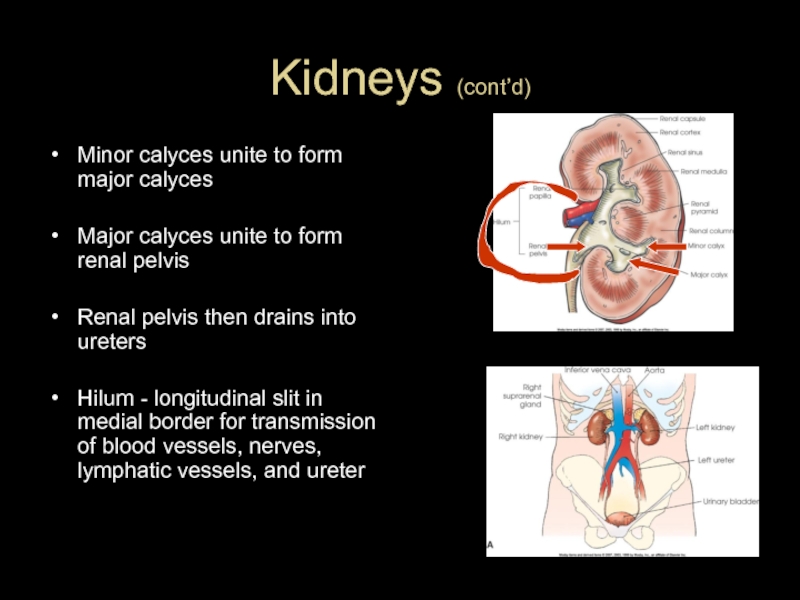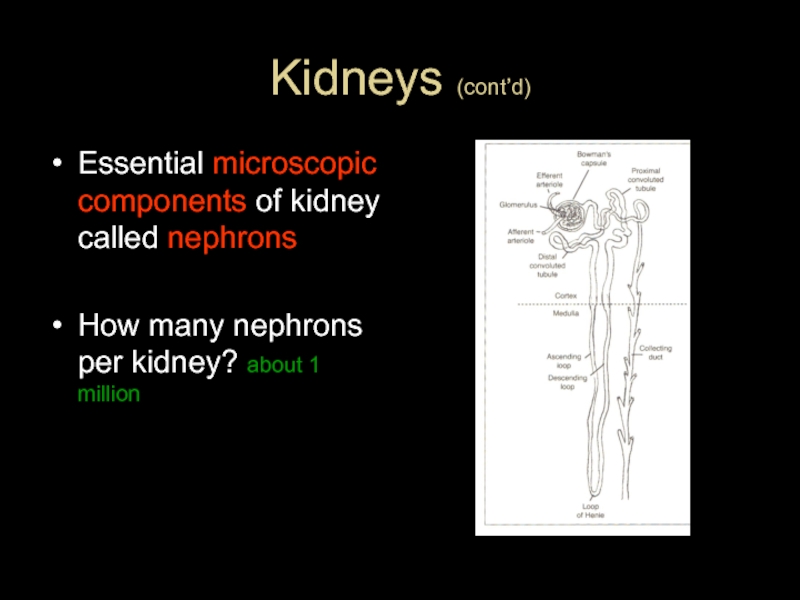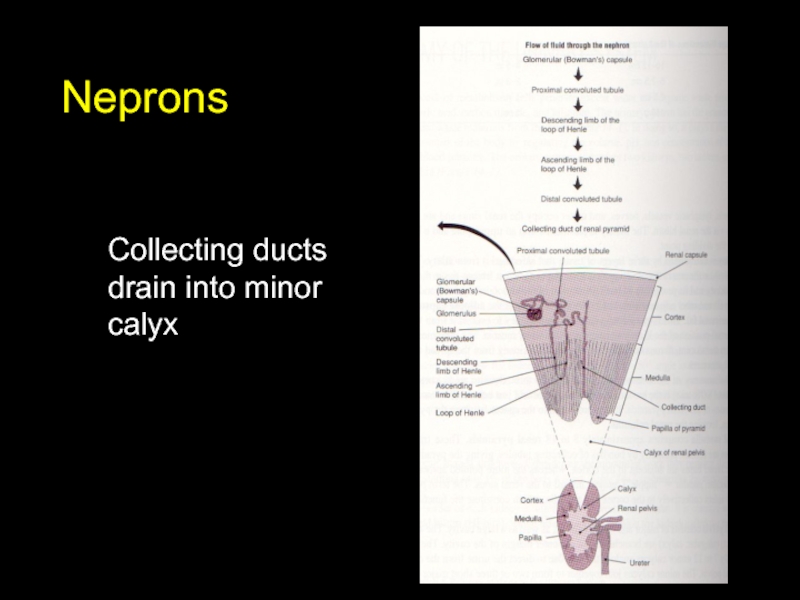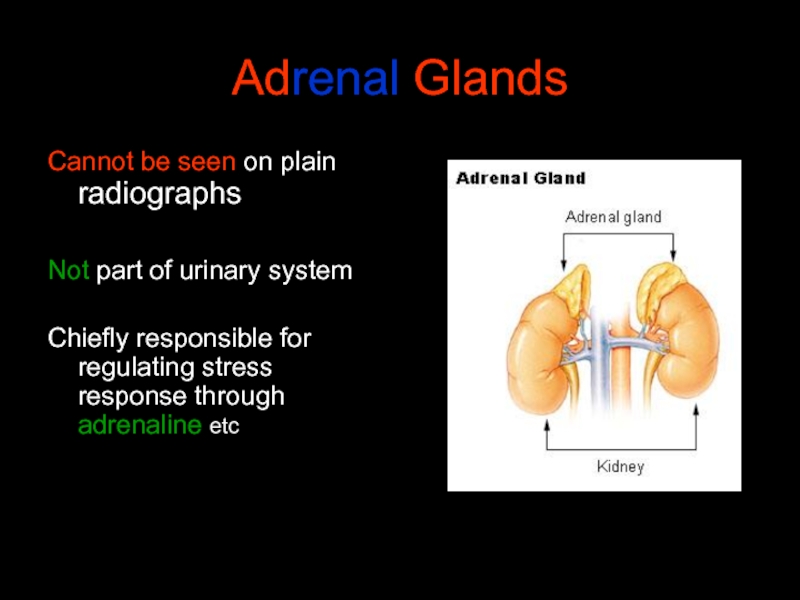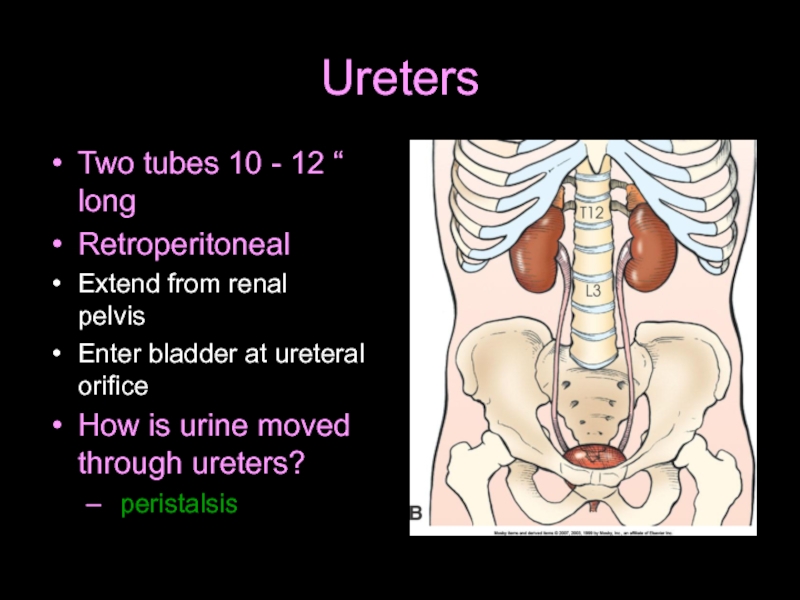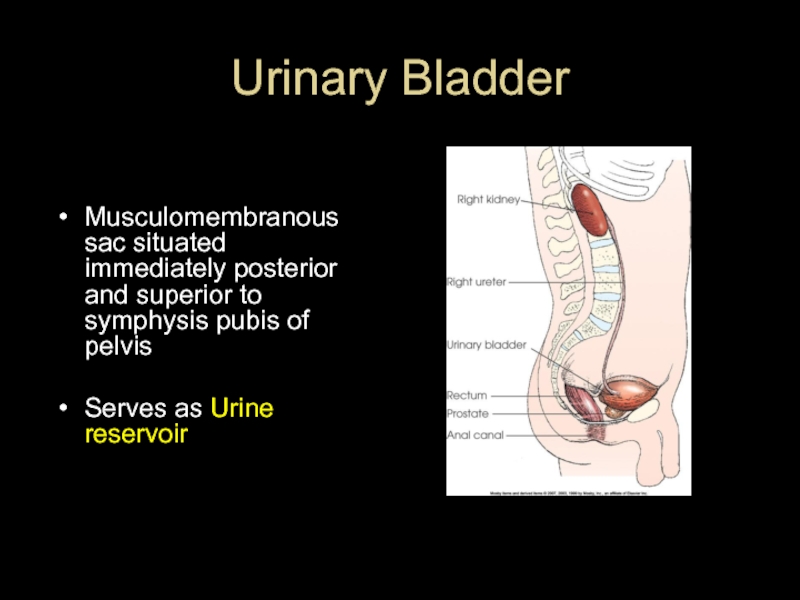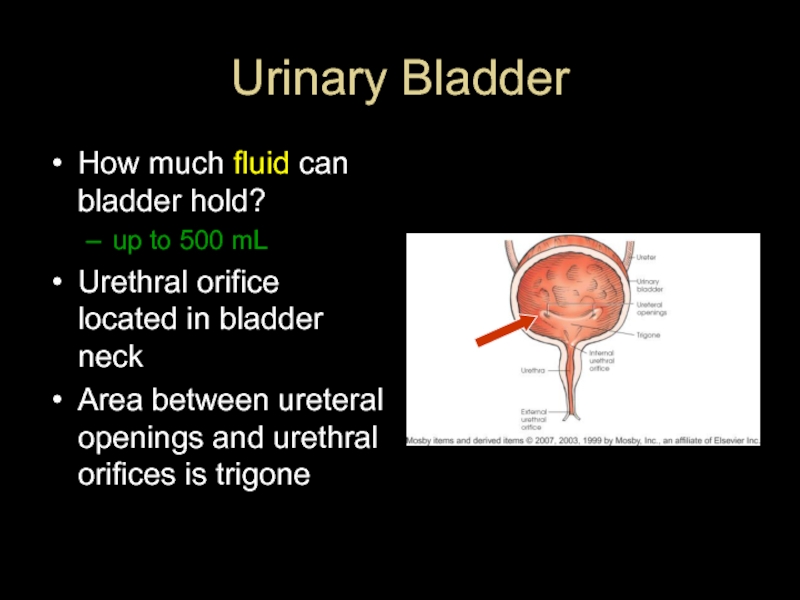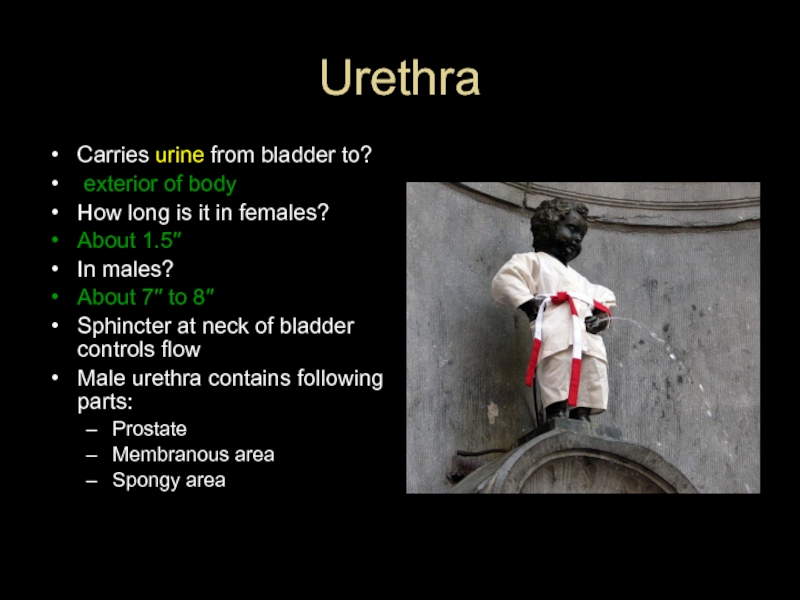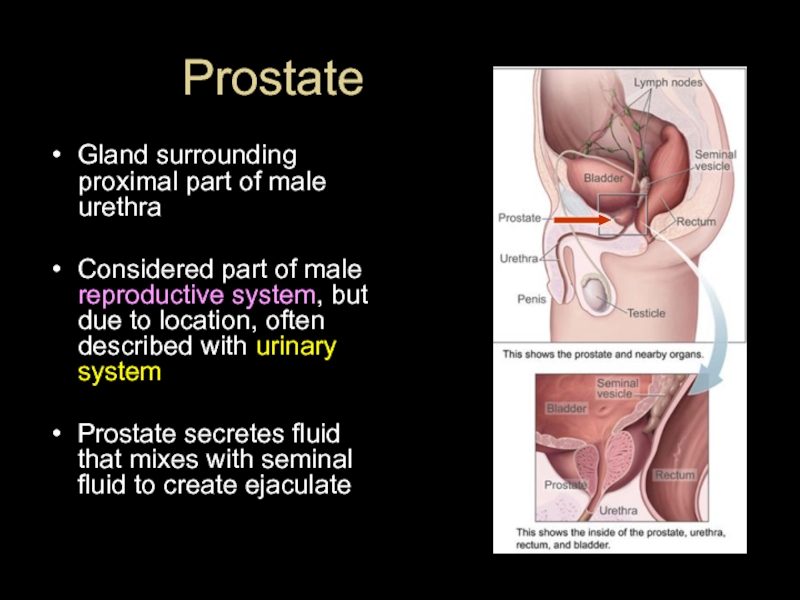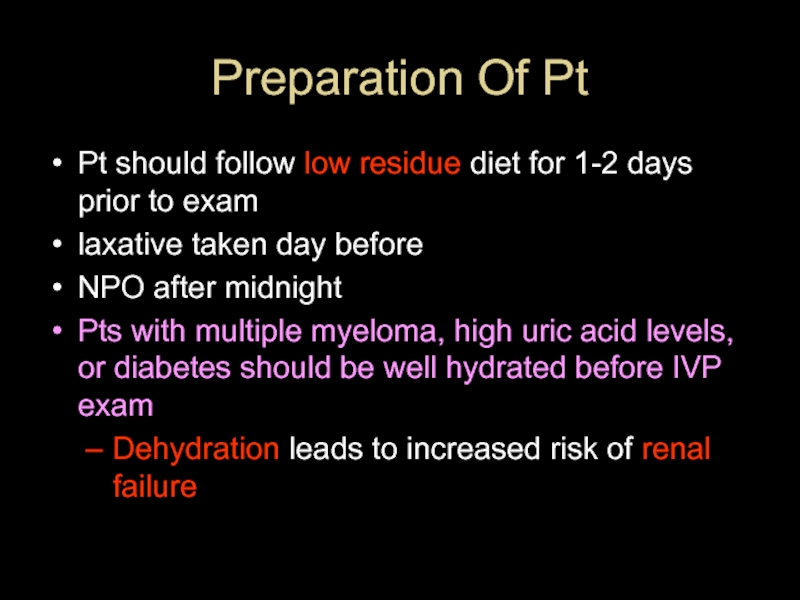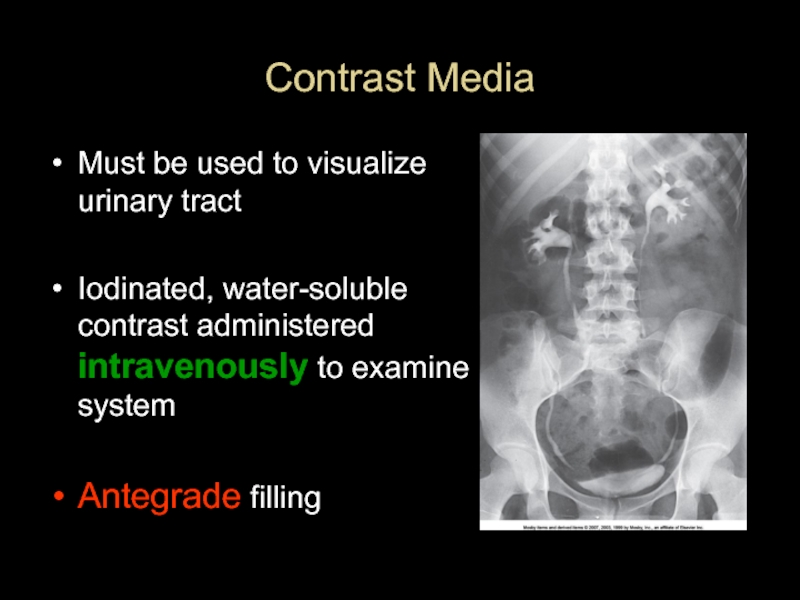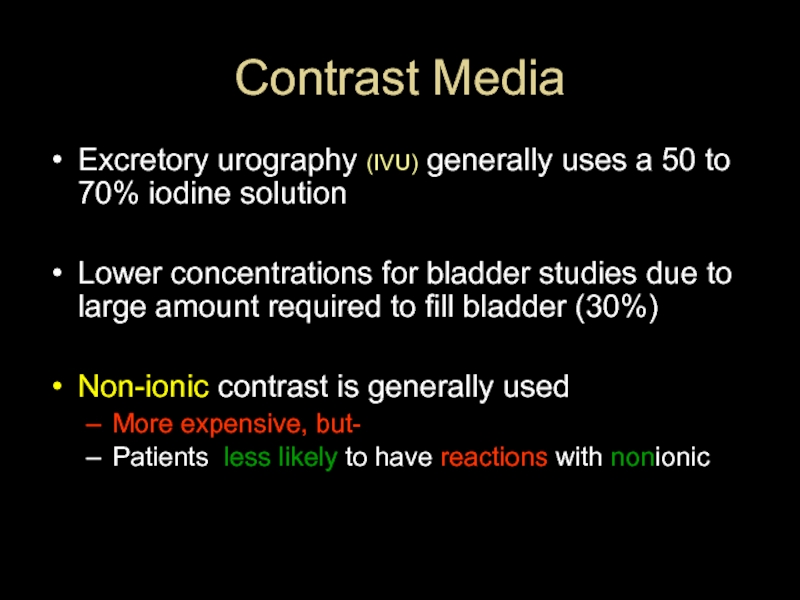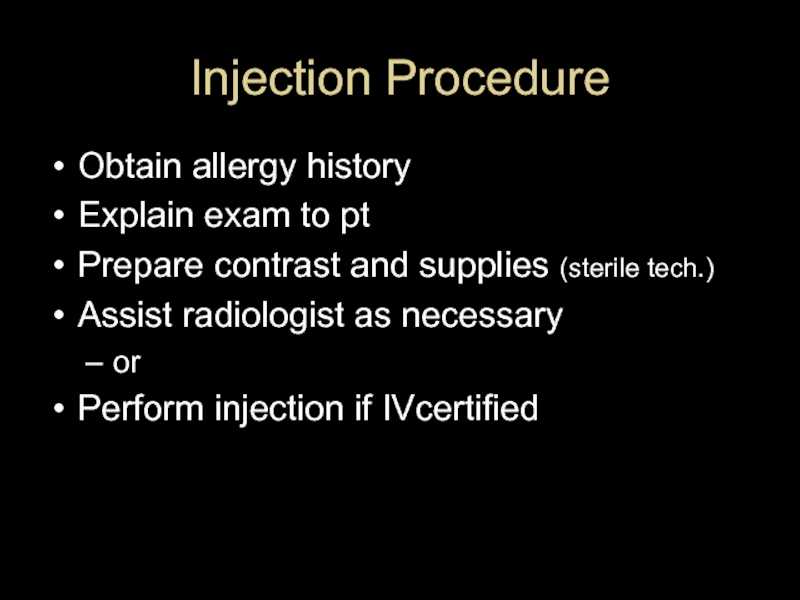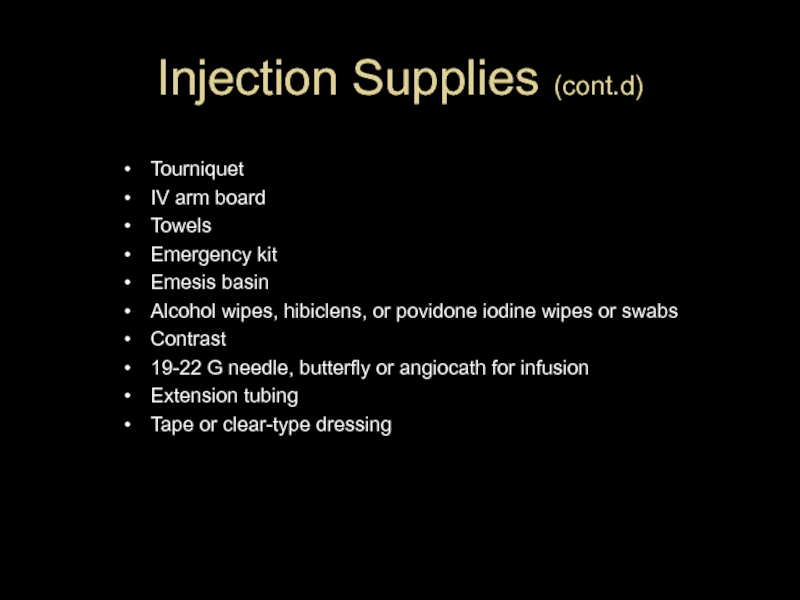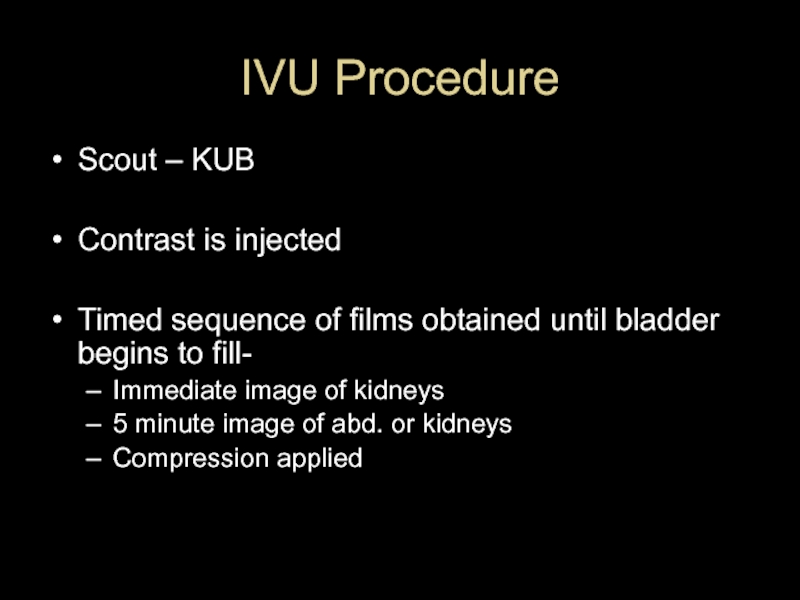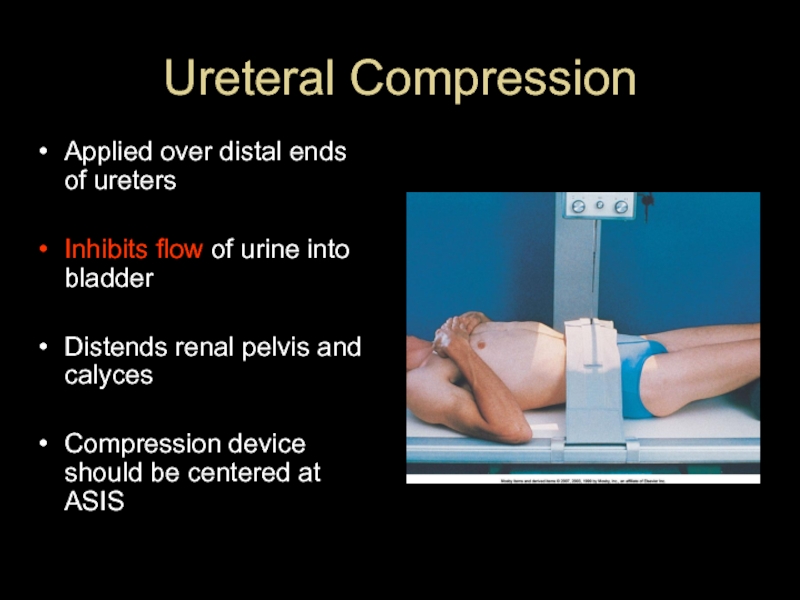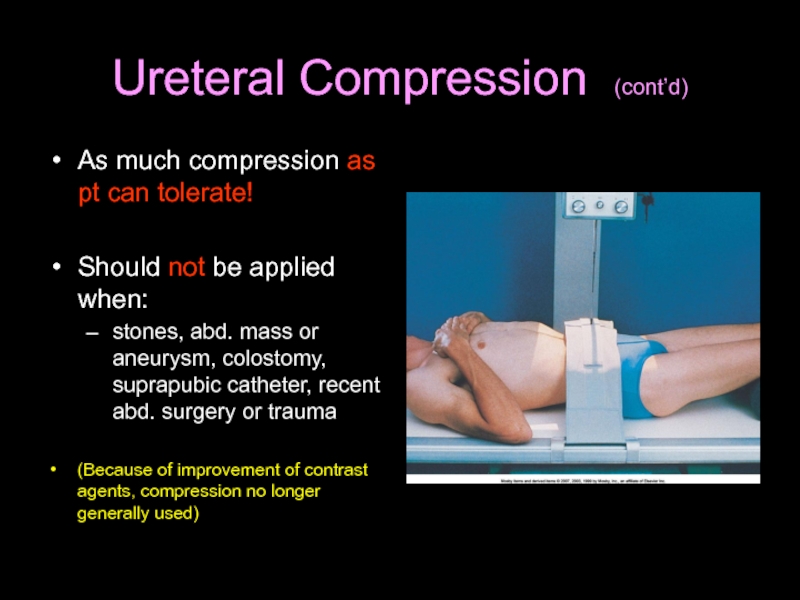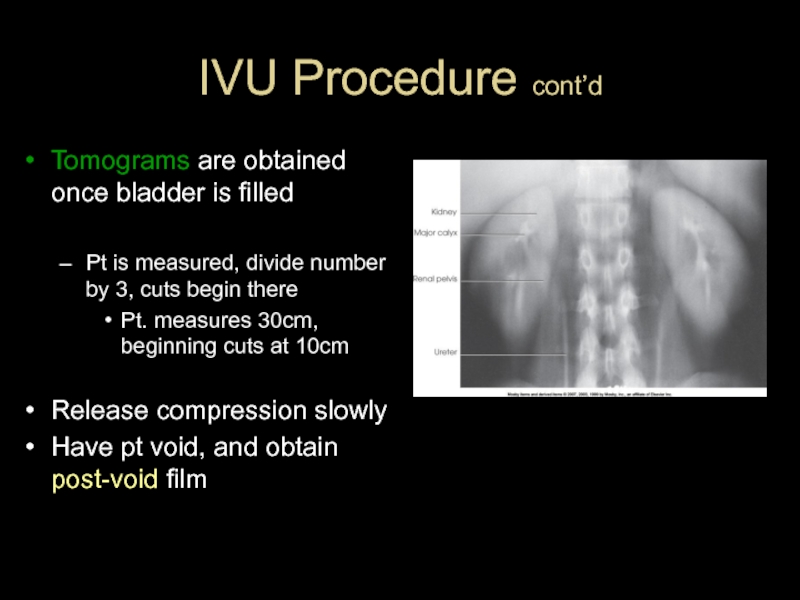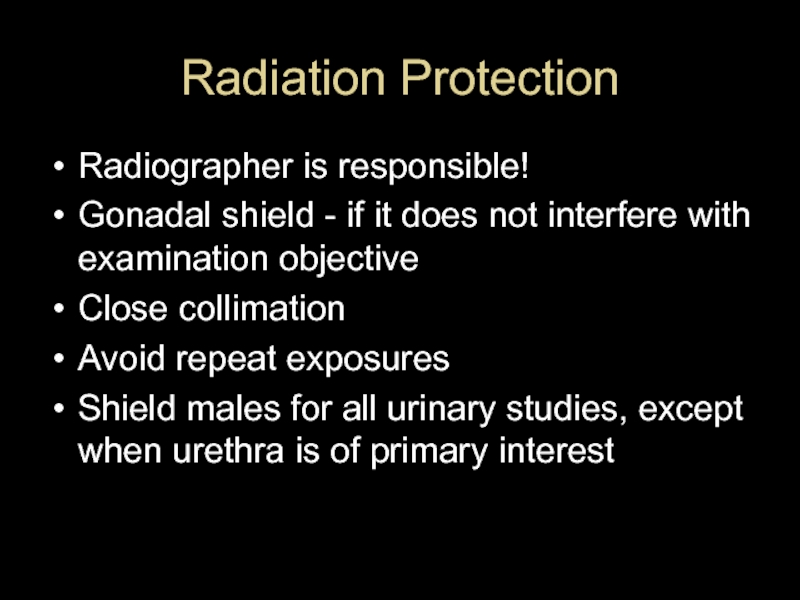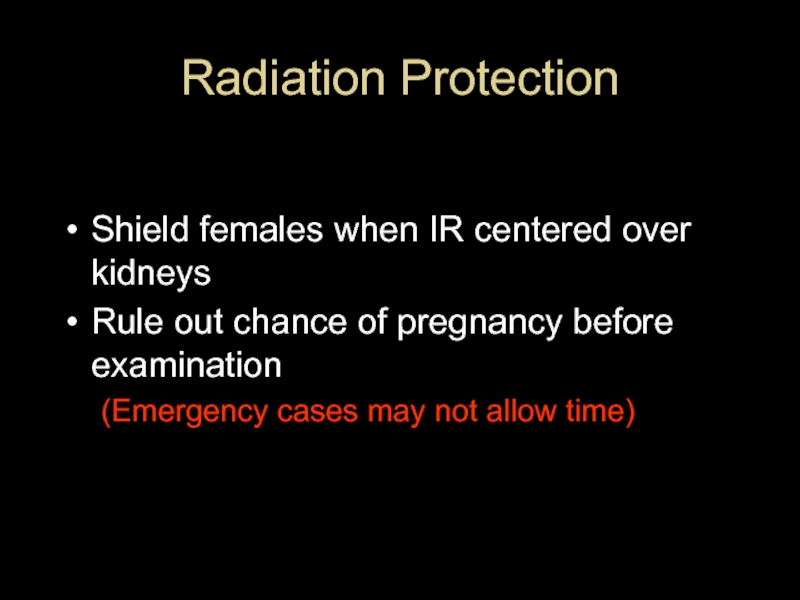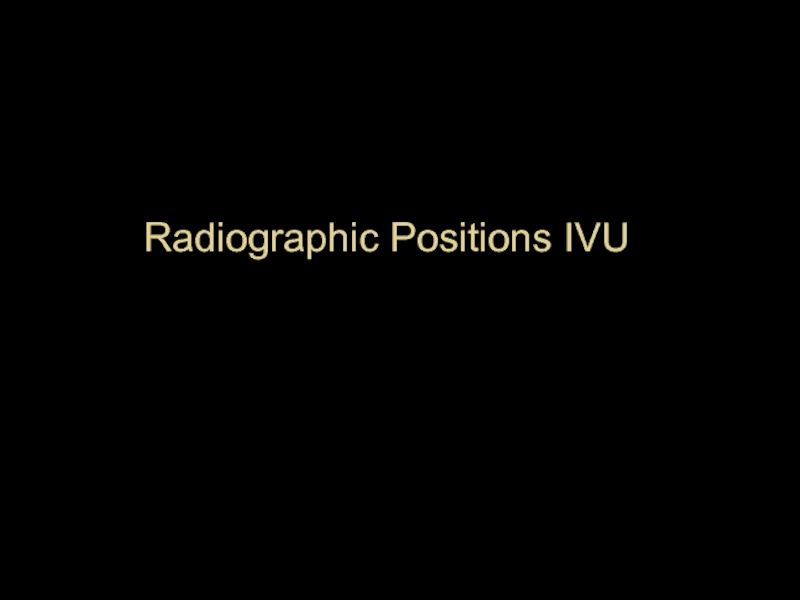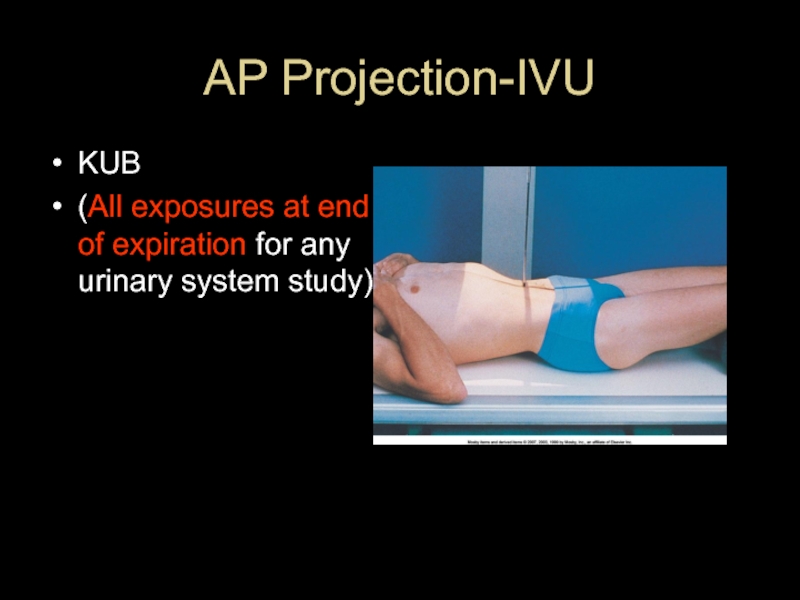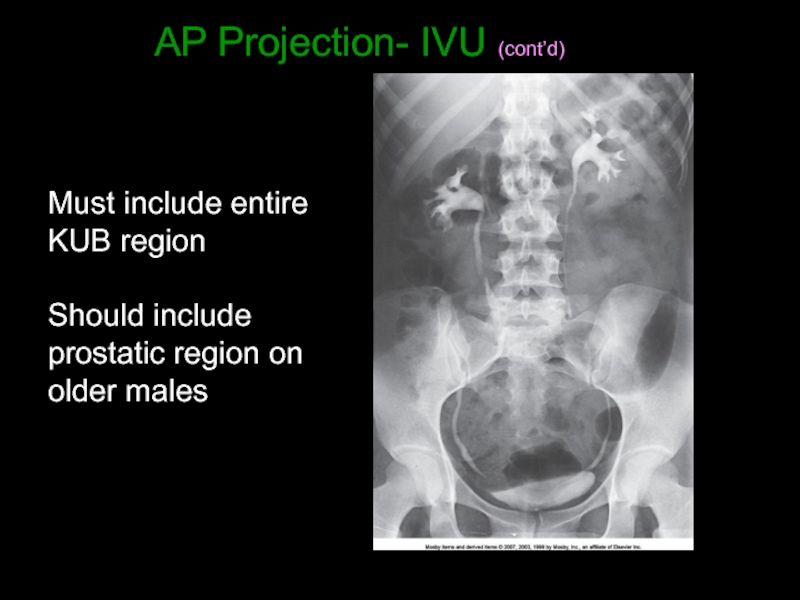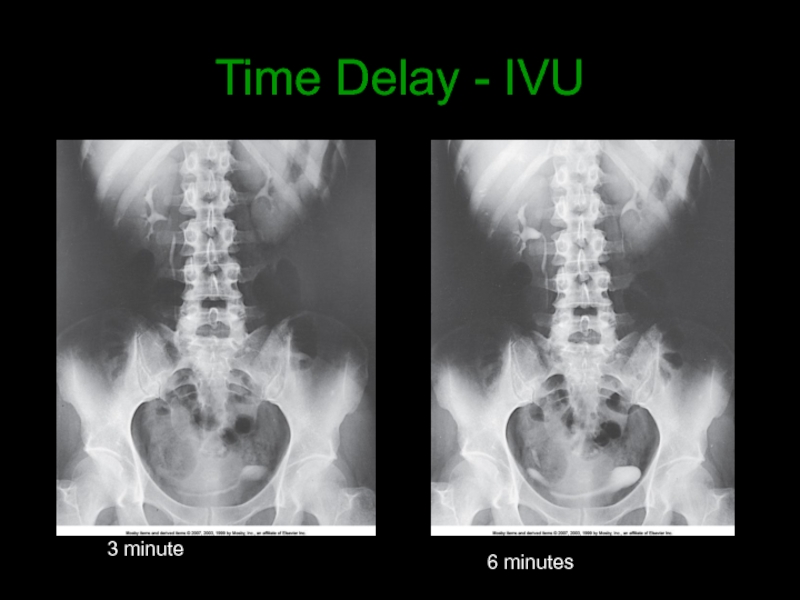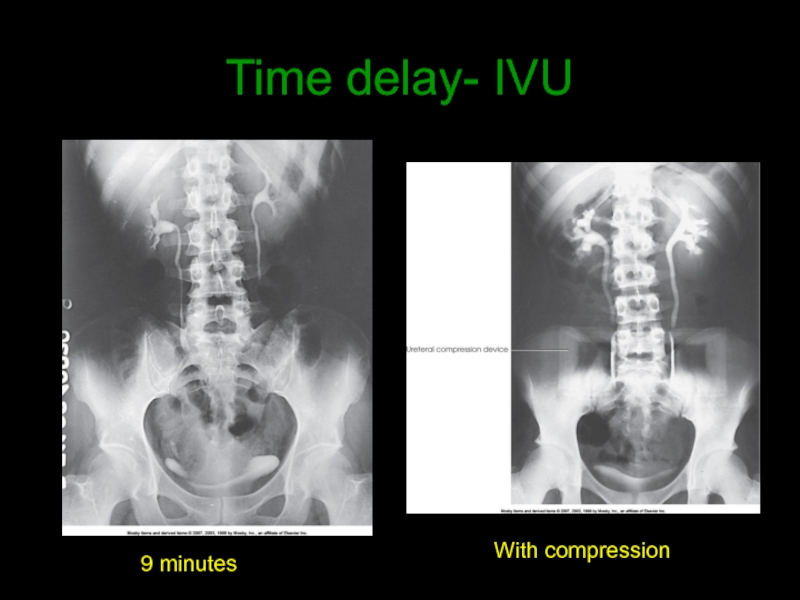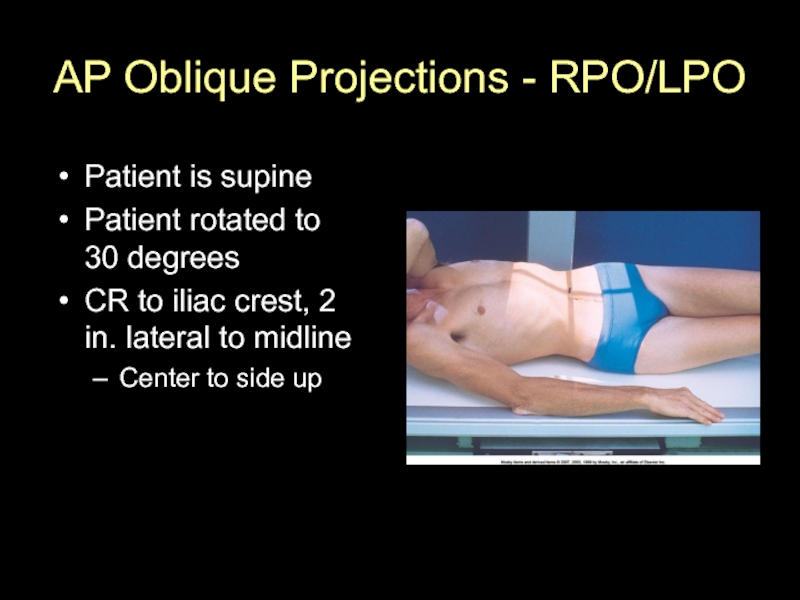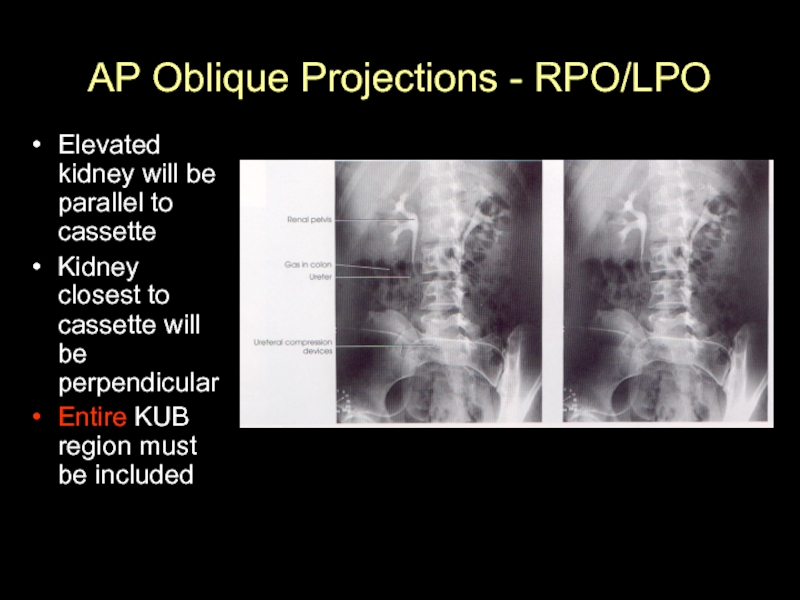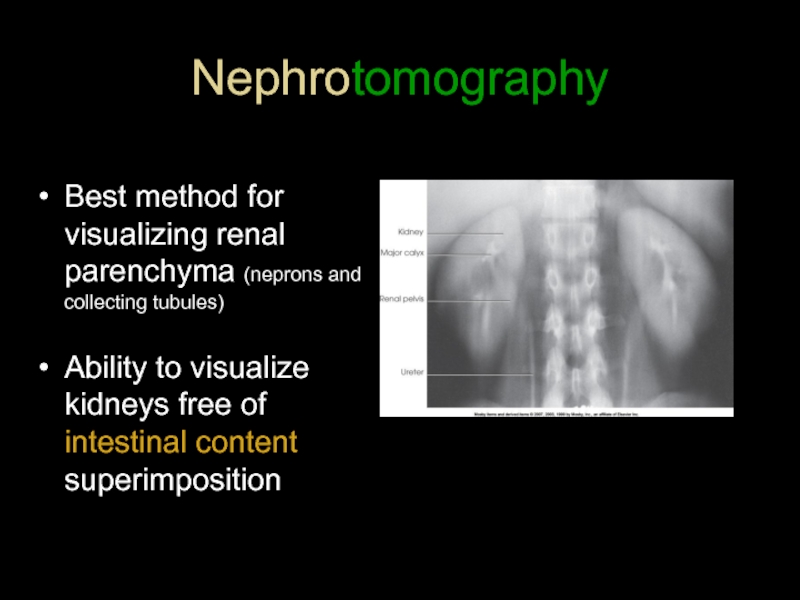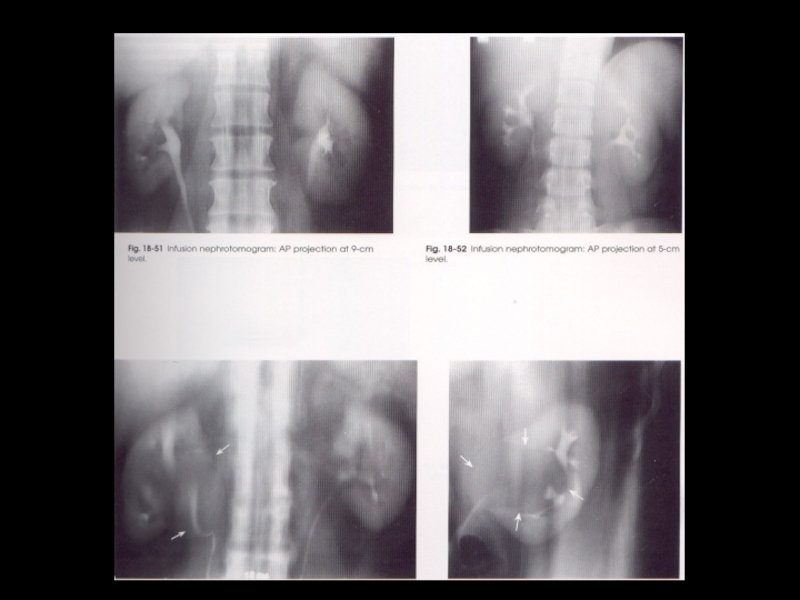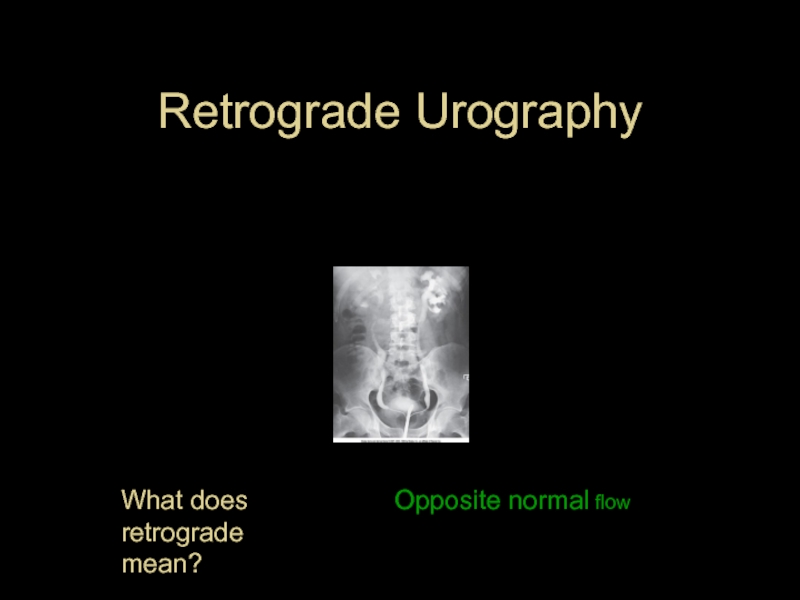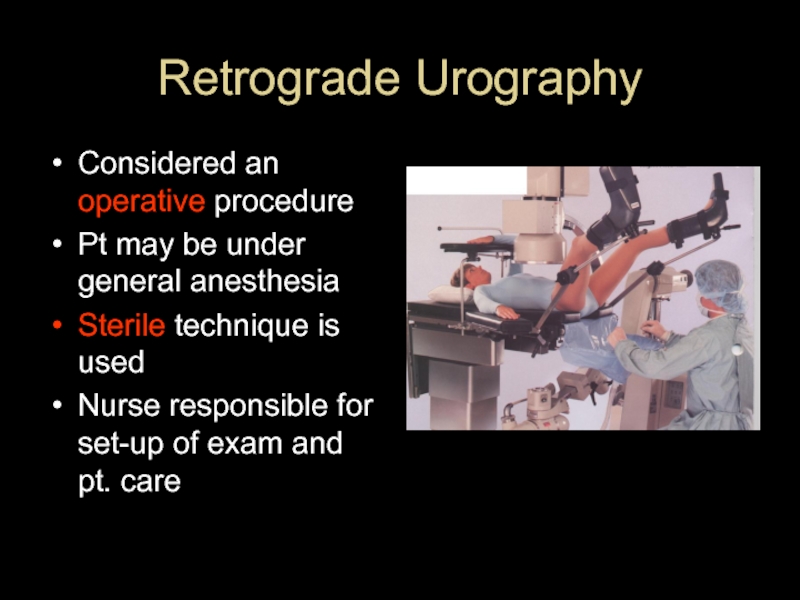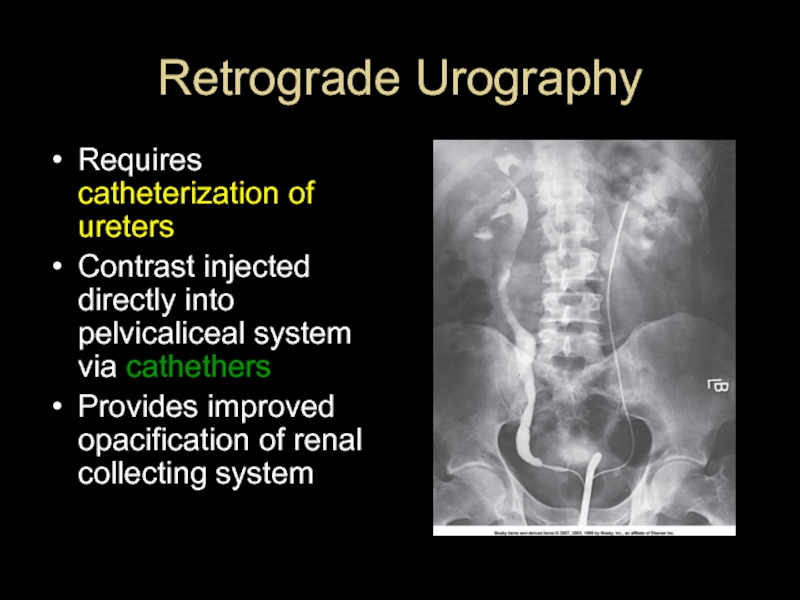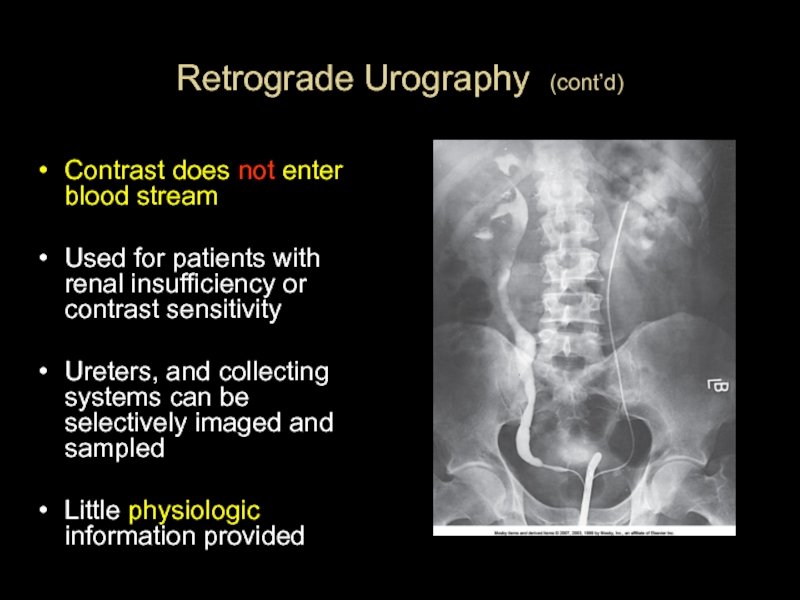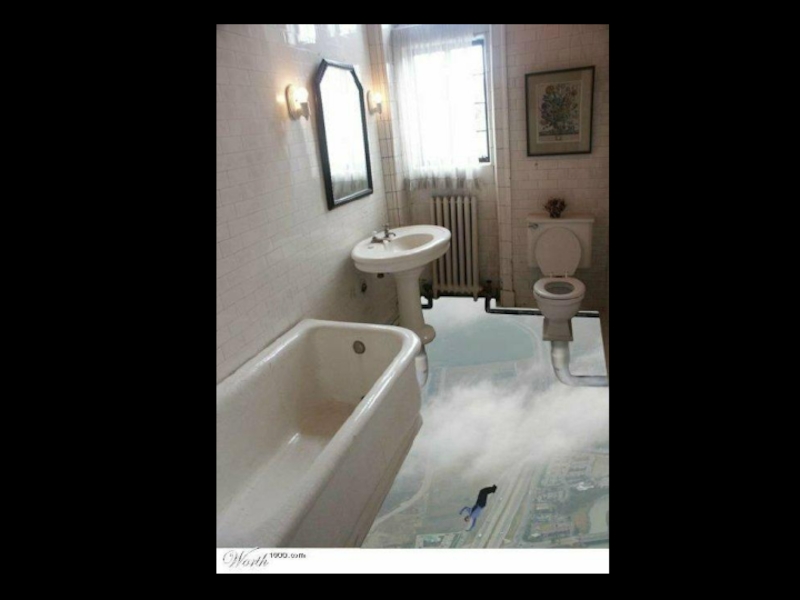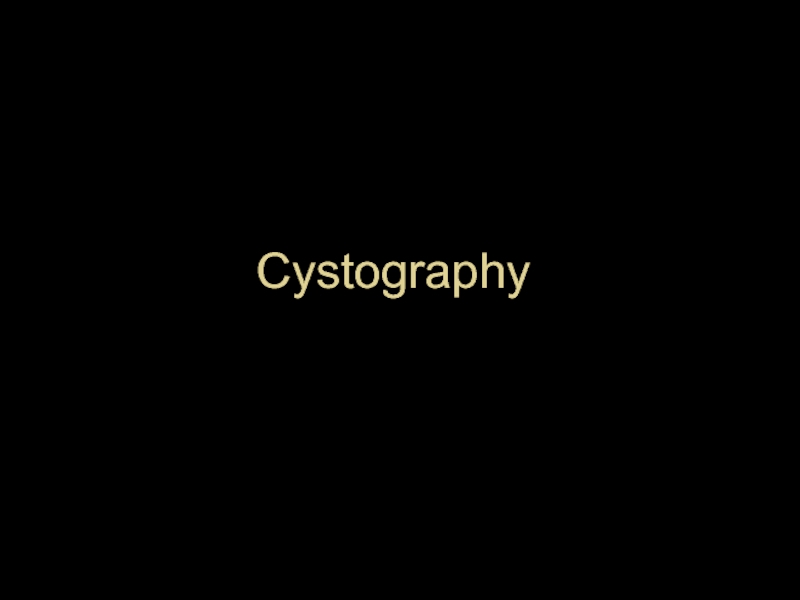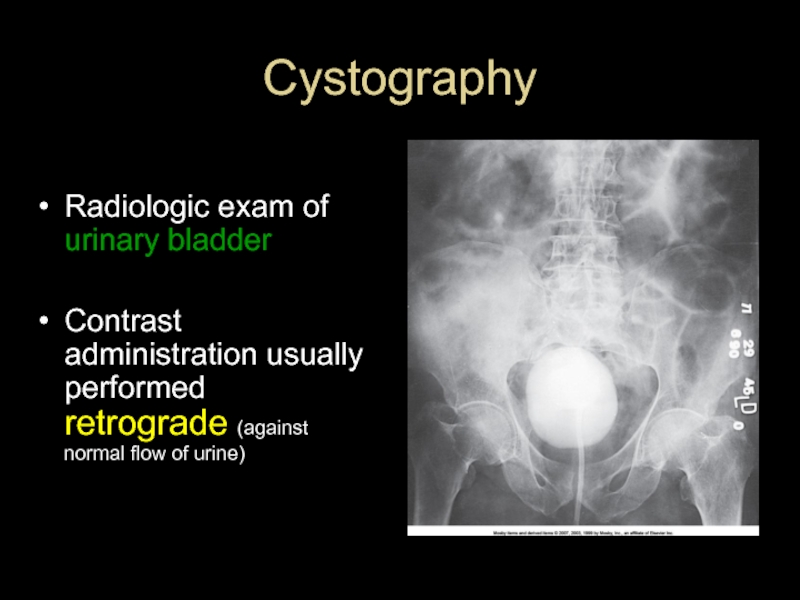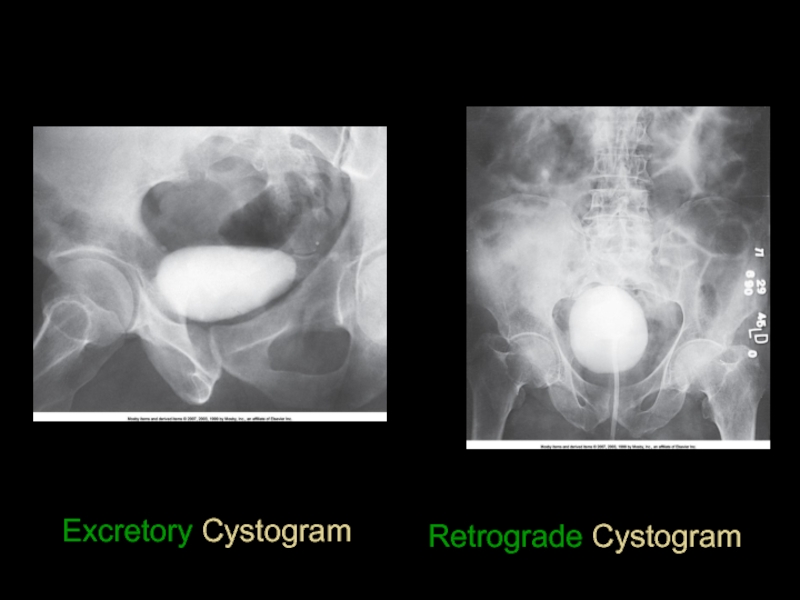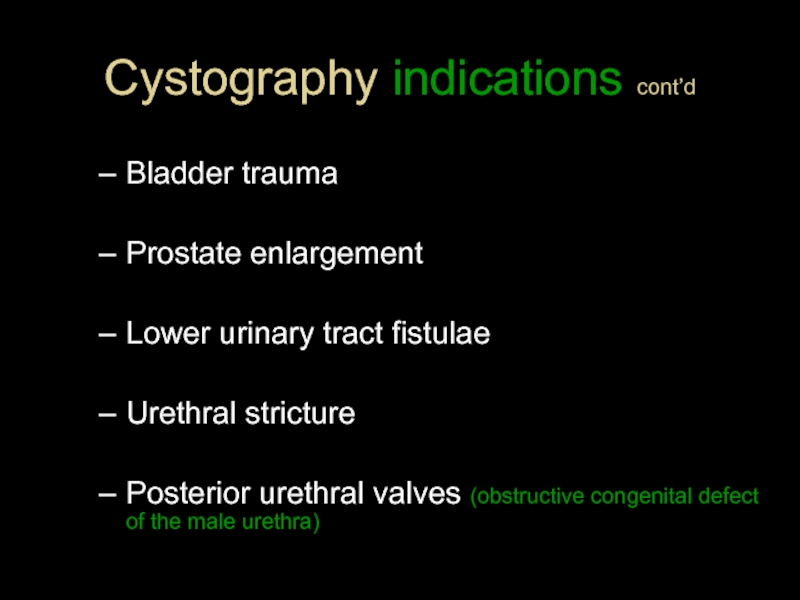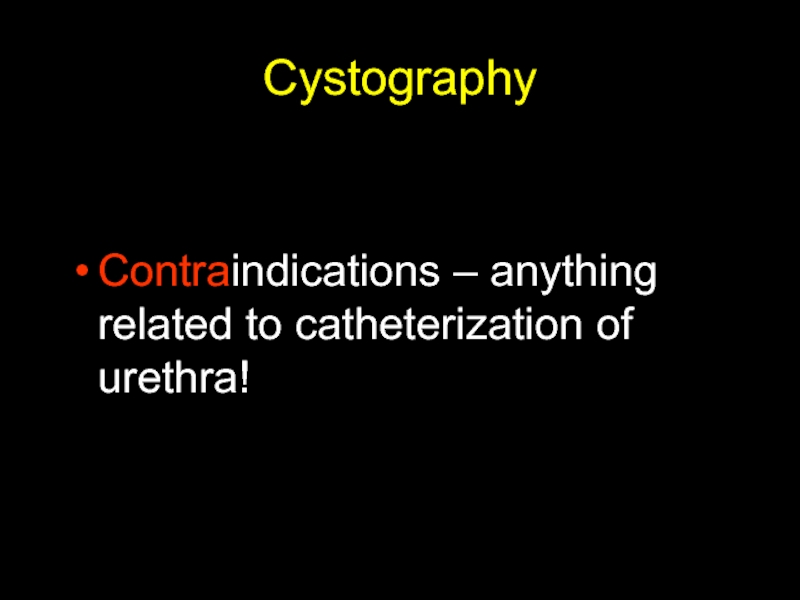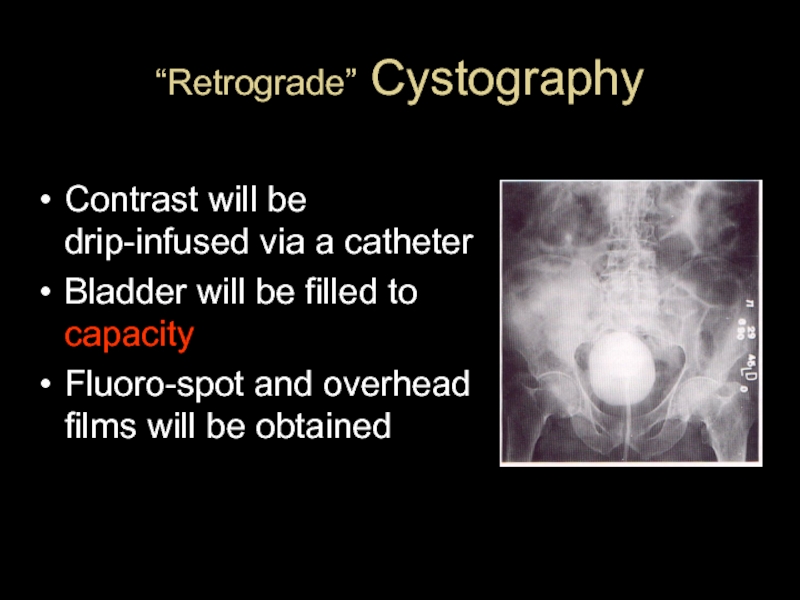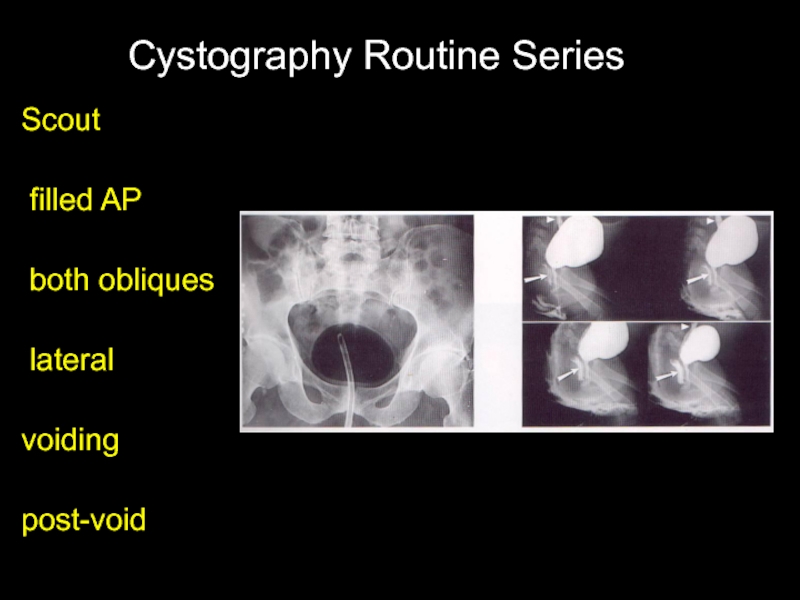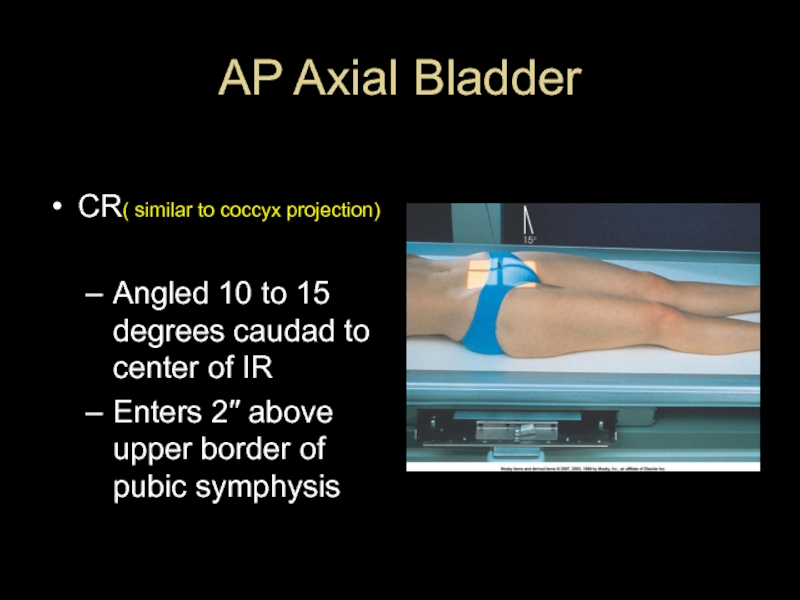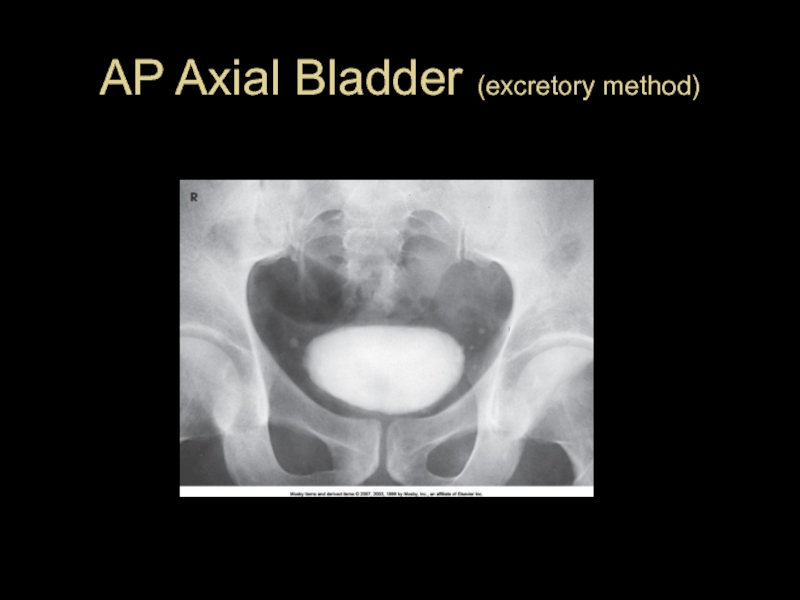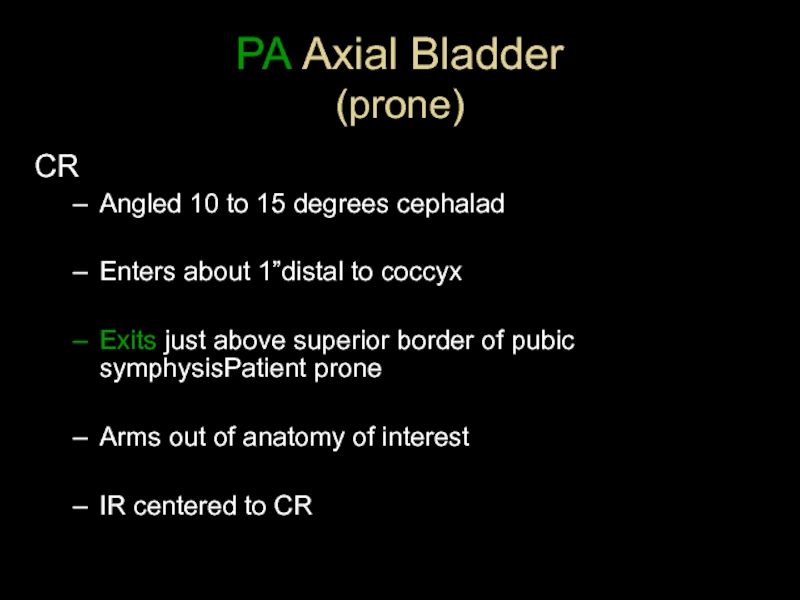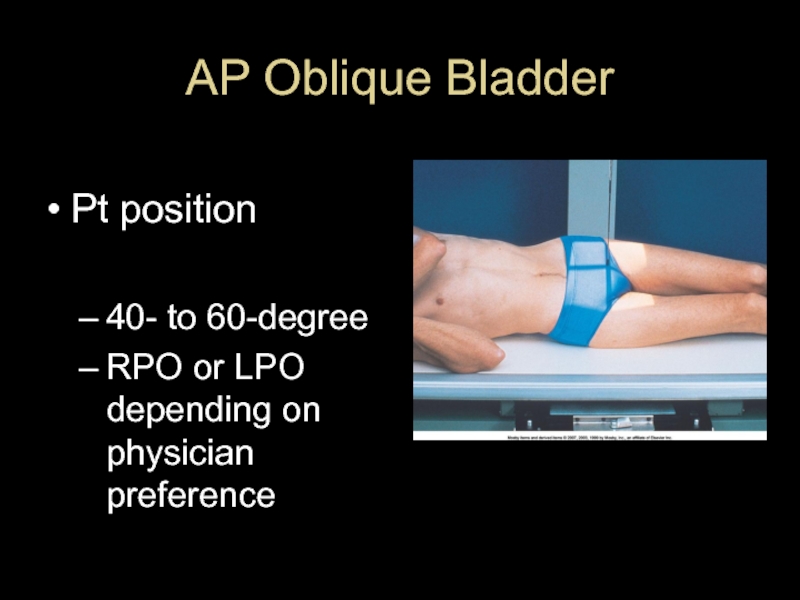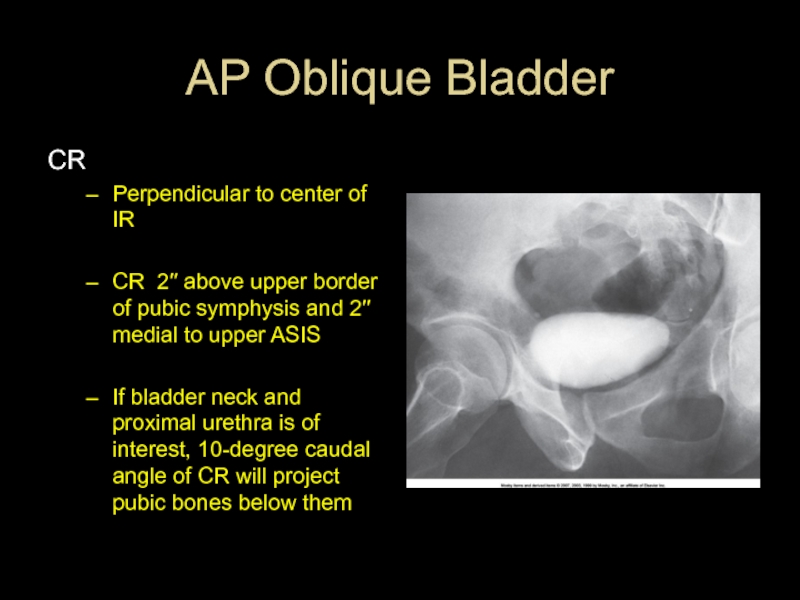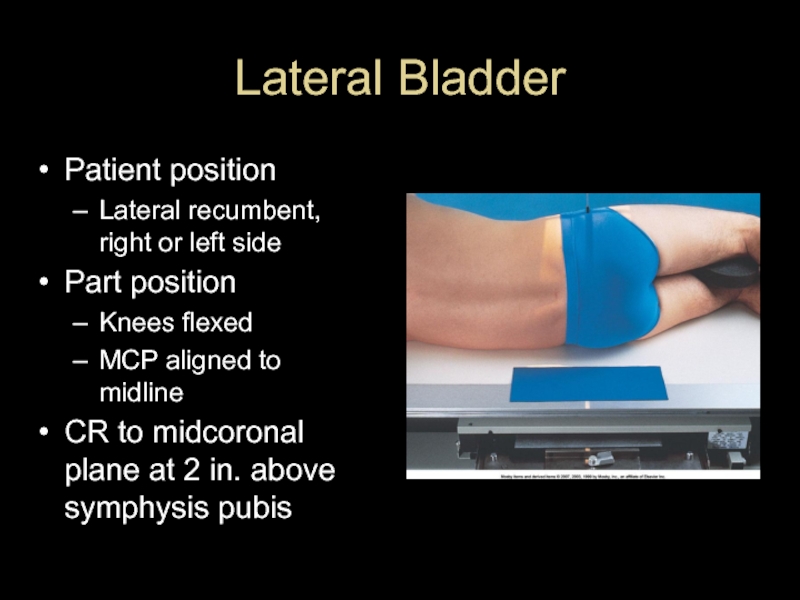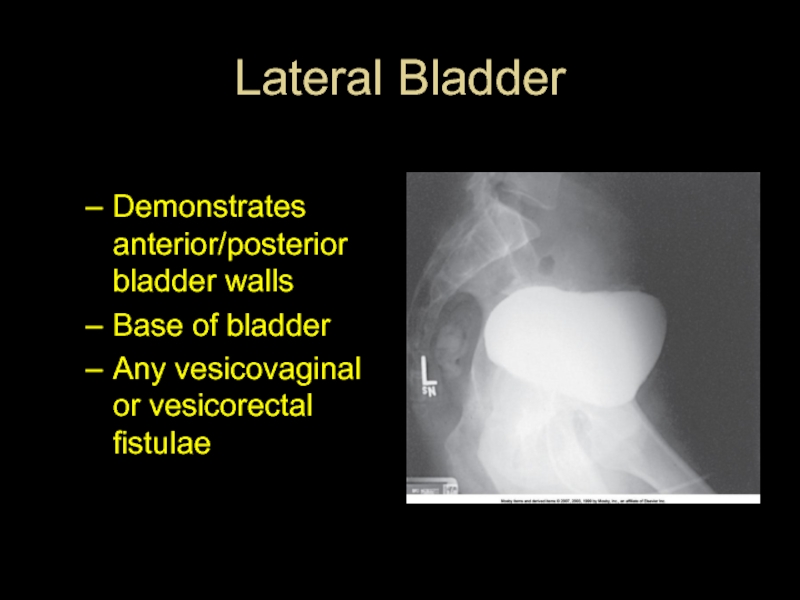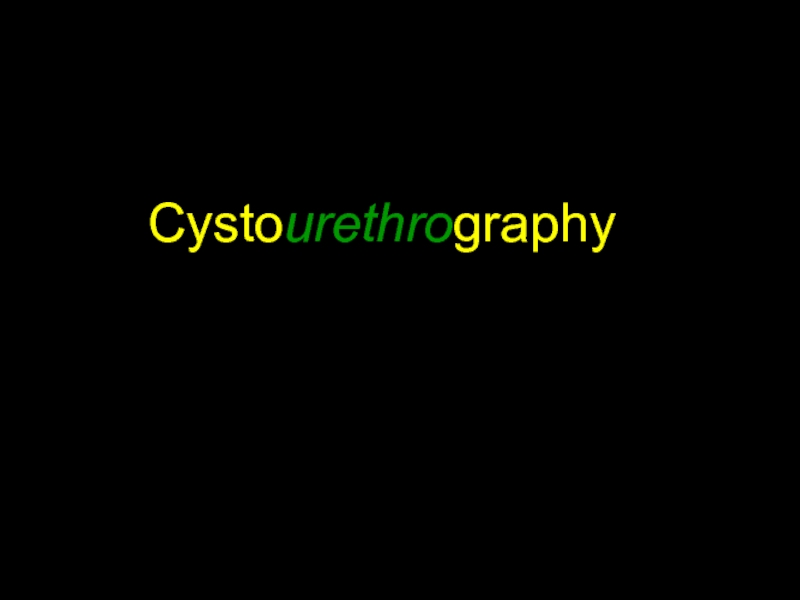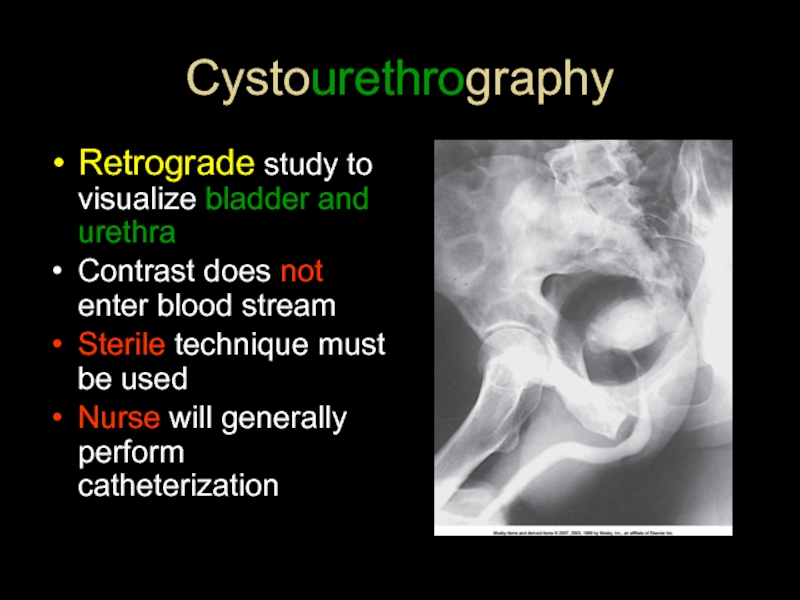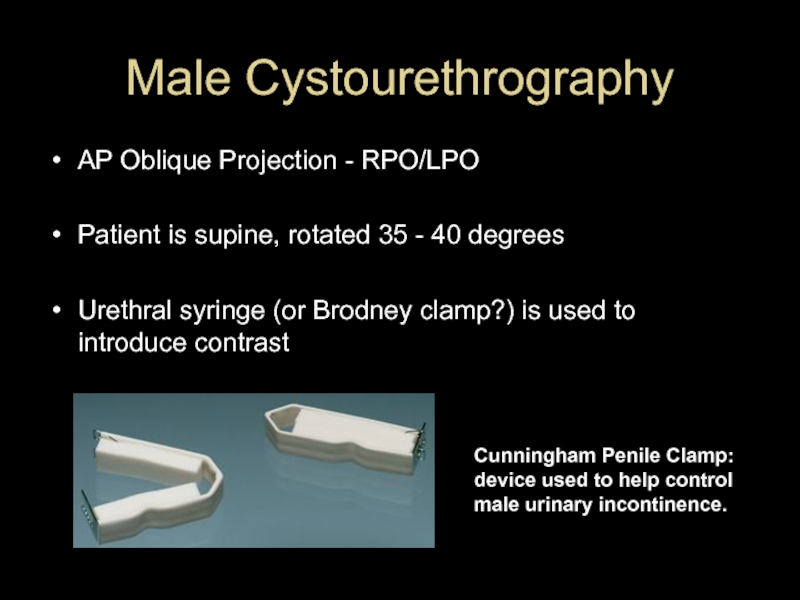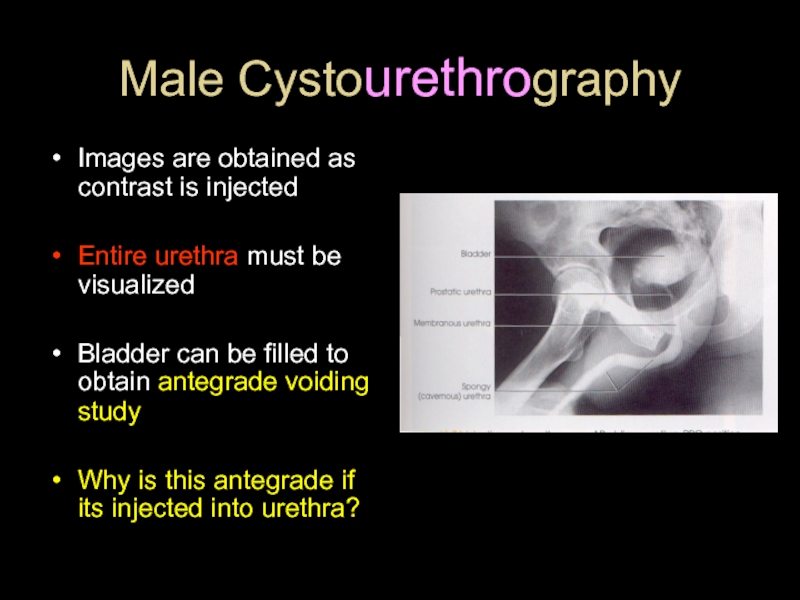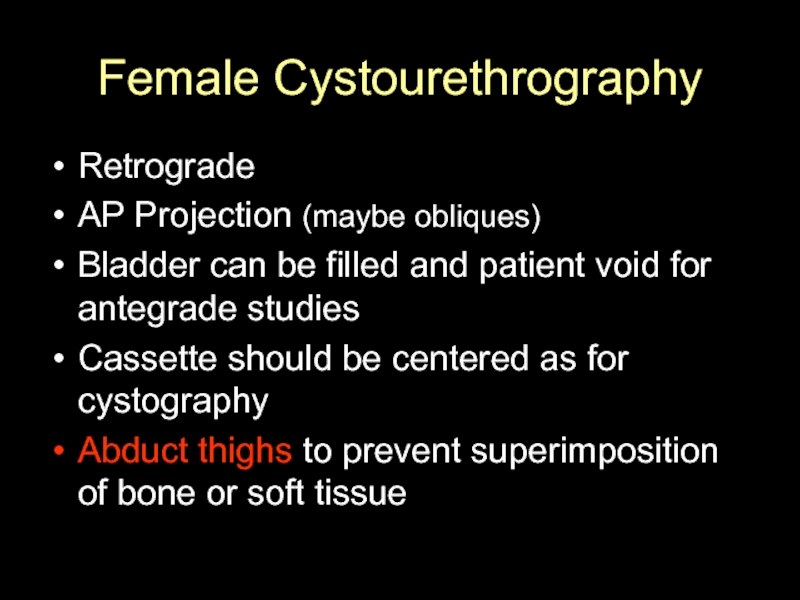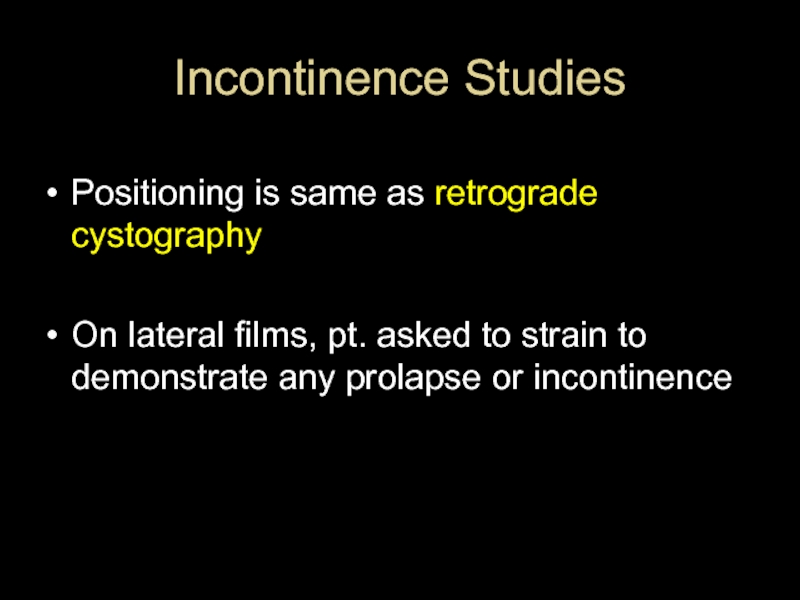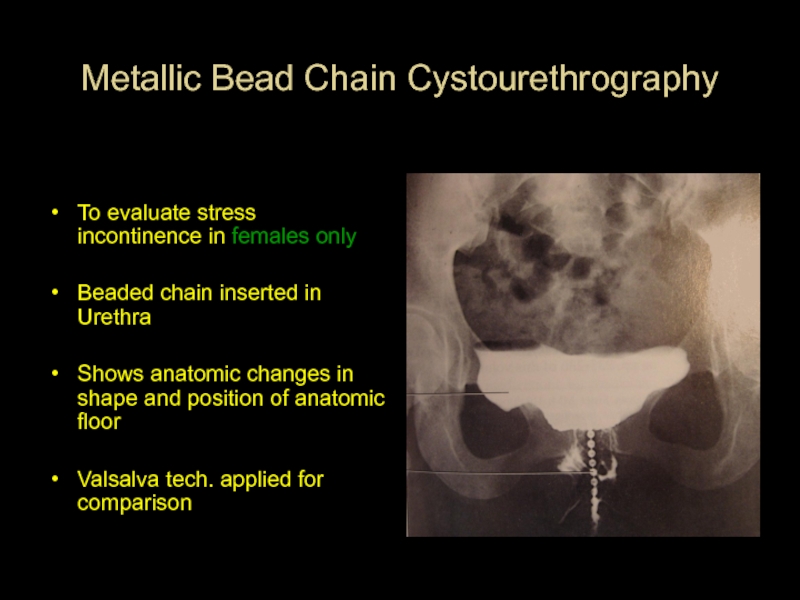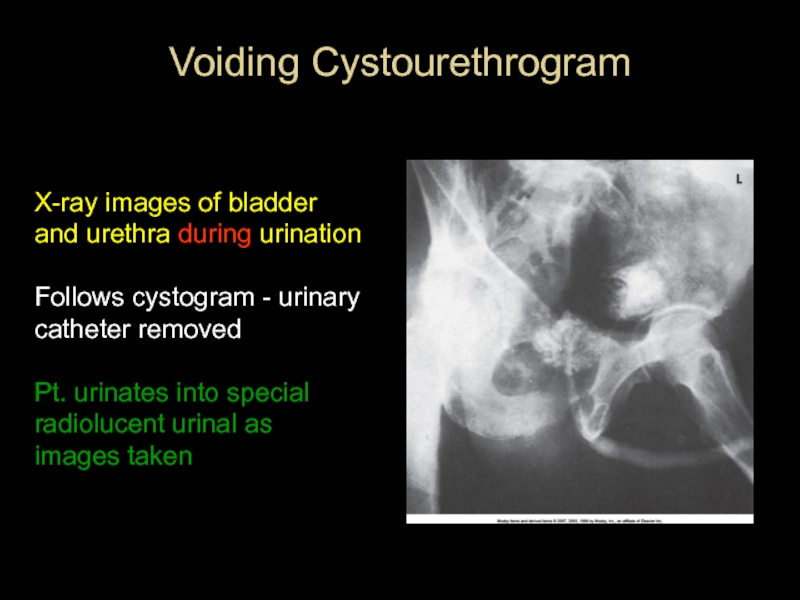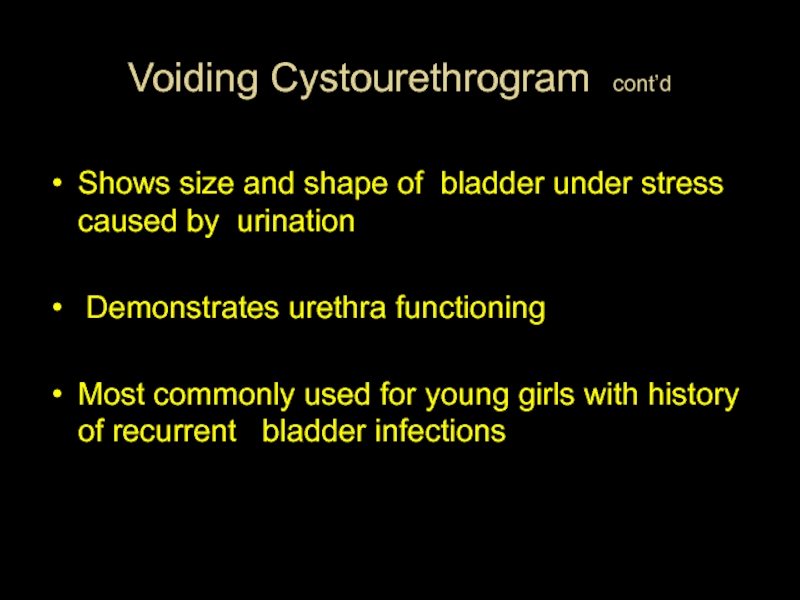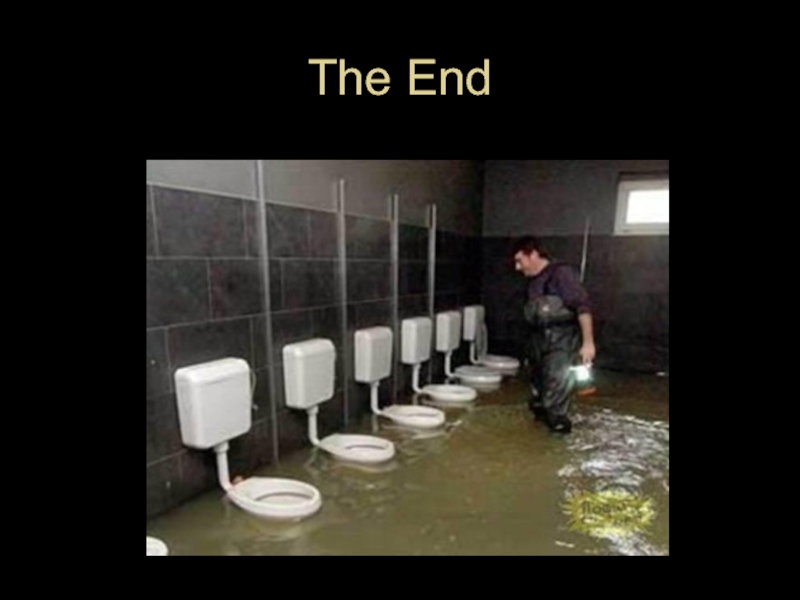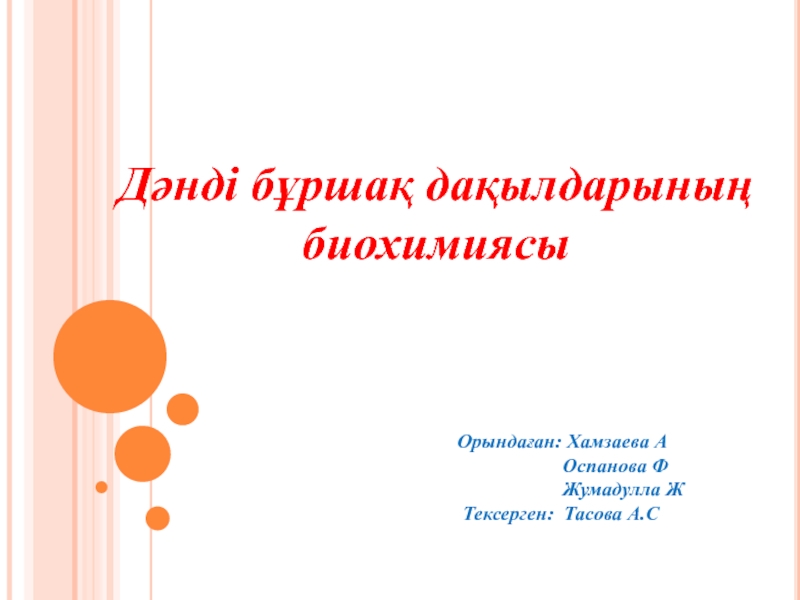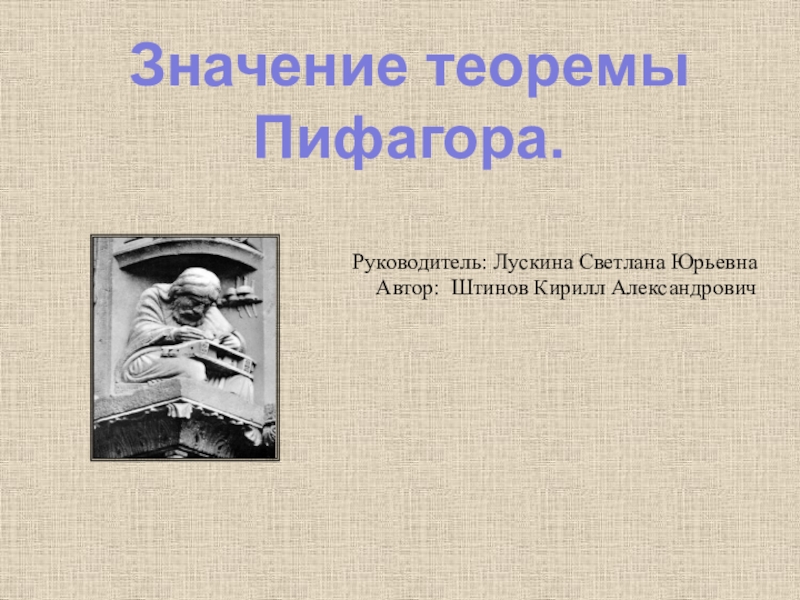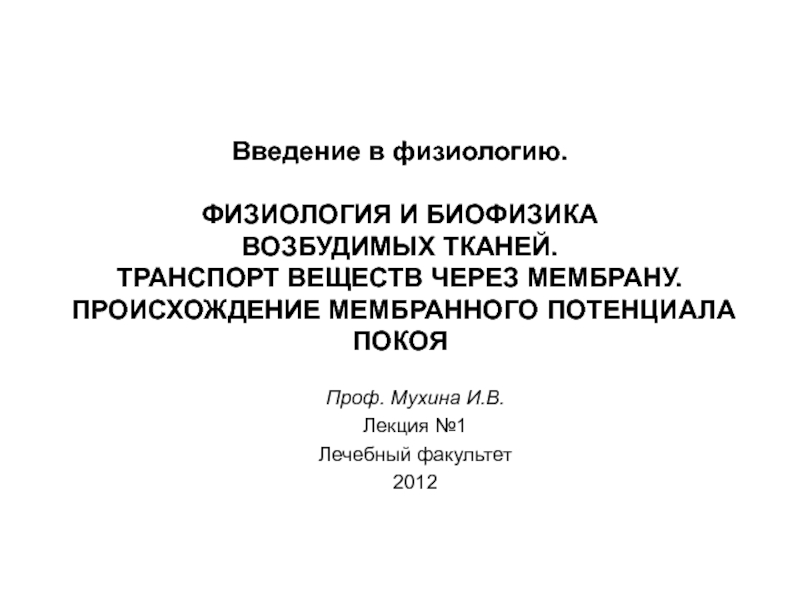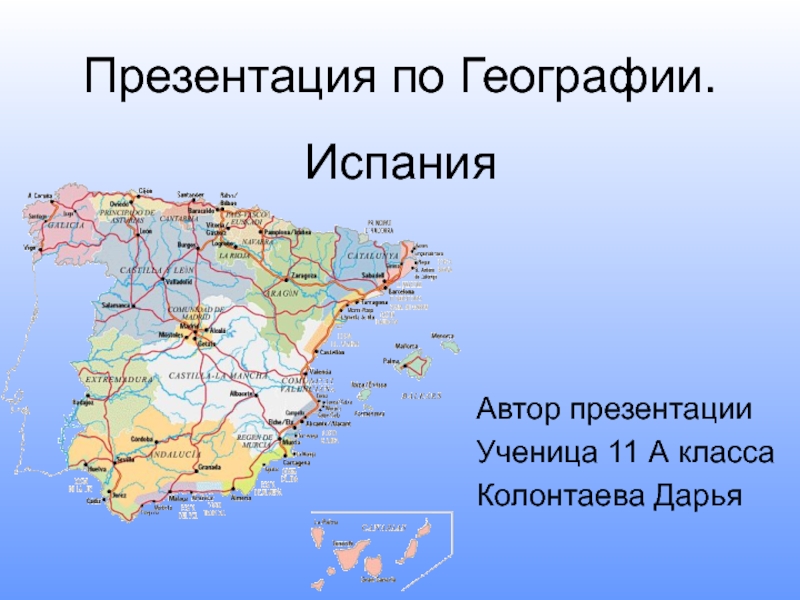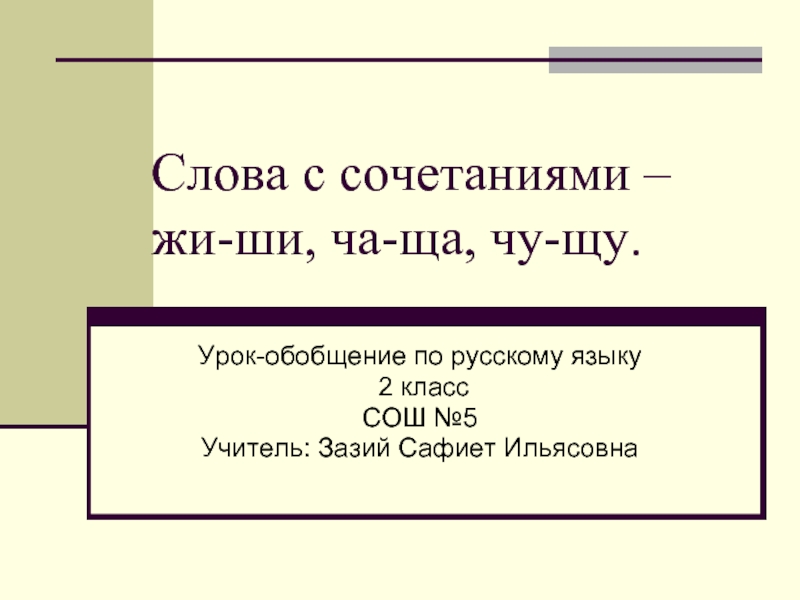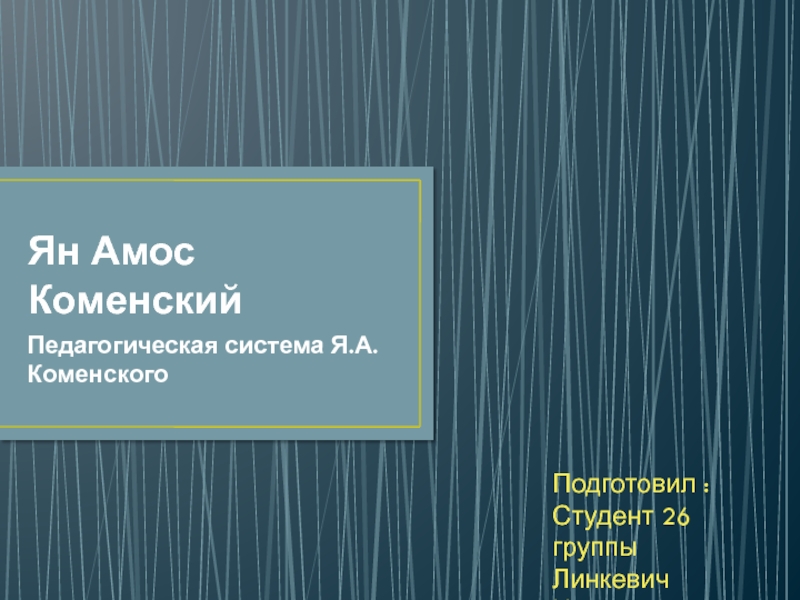Разделы презентаций
- Разное
- Английский язык
- Астрономия
- Алгебра
- Биология
- География
- Геометрия
- Детские презентации
- Информатика
- История
- Литература
- Математика
- Медицина
- Менеджмент
- Музыка
- МХК
- Немецкий язык
- ОБЖ
- Обществознание
- Окружающий мир
- Педагогика
- Русский язык
- Технология
- Физика
- Философия
- Химия
- Шаблоны, картинки для презентаций
- Экология
- Экономика
- Юриспруденция
The Urinary System
Содержание
- 1. The Urinary System
- 2. Urinary SystemOften called the excretory systemTwo kidneysTwo uretersOne urinary bladderOne urethra
- 3. Kidneys2 bean shaped bodies situated behind peritoneumAsymmetrical
- 4. Kidney FunctionRemove waste products from bloodMaintain
- 5. Kidneys (cont’d)Minor calyces unite to form major
- 6. Kidneys (cont’d)Essential microscopic components of kidney called nephronsHow many nephrons per kidney? about 1 million
- 7. NepronsCollecting ducts drain into minor calyx
- 8. Adrenal GlandsCannot be seen on plain radiographsNot
- 9. UretersTwo tubes 10 - 12 “ longRetroperitonealExtend
- 10. Urinary BladderMusculomembranous sac situated immediately posterior and superior to symphysis pubis of pelvisServes as Urine reservoir
- 11. Urinary BladderHow much fluid can bladder hold?up
- 12. UrethraCarries urine from bladder to? exterior of
- 13. ProstateGland surrounding proximal part of male urethra
- 14. Radiography of Urinary System aka UrographyRadiographic investigation of renal drainage or collecting system
- 15. IVU- Intravenous Urogram ! Formerly erroneously
- 16. Indications For UrographyDemonstrate physiologic function and structure
- 17. ContraindicationsInability to filter contrast medium from bloodAllergy to contrastAbnormal BUN and Creatinine levels
- 18. Preparation Of PtPt should follow low residue
- 19. Contrast MediaMust be used to visualize urinary tractIodinated, water-soluble contrast administered intravenously to examine systemAntegrade filling
- 20. Contrast MediaExcretory urography (IVU) generally uses a
- 21. Contrast Media and Adverse ReactionsCrucial not to
- 22. Injection ProcedureObtain allergy historyExplain exam to ptPrepare
- 23. Injection Supplies (cont.d)TourniquetIV arm boardTowelsEmergency kitEmesis basinAlcohol
- 24. IVU Procedure Scout – KUBContrast is injectedTimed
- 25. Ureteral CompressionApplied over distal ends of uretersInhibits
- 26. Ureteral Compression (cont’d)As much compression as pt
- 27. IVU Procedure cont’dTomograms are obtained once bladder
- 28. Radiation ProtectionRadiographer is responsible! Gonadal shield -
- 29. Radiation ProtectionShield females when IR centered over
- 30. Radiographic Positions IVU
- 31. AP Projection-IVUKUB(All exposures at end of expiration for any urinary system study)
- 32. AP Projection- IVU (cont’d)Must include entire KUB regionShould include prostatic region on older males
- 33. Time Delay - IVU3 minute6 minutes
- 34. Time delay- IVU9 minutesWith compression
- 35. AP Projection VariationsTrendelenbergLower head 15 - 20
- 36. AP Oblique Projections - RPO/LPOPatient is supinePatient
- 37. AP Oblique Projections - RPO/LPOElevated kidney will
- 38. NephrotomographyBest method for visualizing renal parenchyma (neprons
- 39. Слайд 39
- 40. Retrograde UrographyWhat does retrograde mean?Opposite normal flow
- 41. Retrograde Urography Considered an operative procedurePt may
- 42. Retrograde UrographyRequires catheterization of uretersContrast injected directly
- 43. Retrograde Urography (cont’d)Contrast does not enter blood
- 44. Слайд 44
- 45. Cystography
- 46. CystographyRadiologic exam of urinary bladderContrast administration usually performed retrograde (against normal flow of urine)
- 47. Excretory CystogramRetrograde Cystogram
- 48. CystographyIndicated for:Vesicoureteral reflux (backward flow of urine
- 49. Cystography indications cont’dBladder traumaProstate enlargementLower urinary tract
- 50. CystographyContraindications – anything related to catheterization of urethra!
- 51. “Retrograde” CystographyContrast will be drip-infused via a
- 52. Scout filled AP both obliques lateralvoidingpost-voidCystography Routine Series
- 53. AP Axial BladderCR( similar to coccyx projection)Angled
- 54. AP Axial Bladder (excretory method)
- 55. PA Axial Bladder (prone)CRAngled 10 to 15
- 56. AP Oblique BladderPt position40- to 60-degreeRPO or LPO depending on physician preference
- 57. AP Oblique BladderCRPerpendicular to center of IRCR
- 58. Lateral BladderPatient positionLateral recumbent, right or left
- 59. Lateral BladderDemonstrates anterior/posterior bladder wallsBase of bladderAny vesicovaginal or vesicorectal fistulae
- 60. Слайд 60
- 61. Cystourethrography
- 62. CystourethrographyRetrograde study to visualize bladder and urethraContrast
- 63. Male CystourethrographyAP Oblique Projection - RPO/LPOPatient is
- 64. Male CystourethrographyImages are obtained as contrast is
- 65. Female CystourethrographyRetrogradeAP Projection (maybe obliques)Bladder can be
- 66. Incontinence StudiesPositioning is same as retrograde cystographyOn
- 67. Metallic Bead Chain CystourethrographyTo evaluate stress incontinence
- 68. Voiding CystourethrogramX-ray images of bladder and urethra
- 69. Voiding Cystourethrogram cont’dShows size and shape of
- 70. The End
- 71. Скачать презентанцию
Urinary SystemOften called the excretory systemTwo kidneysTwo uretersOne urinary bladderOne urethra
Слайды и текст этой презентации
Слайд 2Urinary System
Often called the excretory system
Two kidneys
Two ureters
One urinary bladder
One
urethra
Слайд 3Kidneys
2 bean shaped bodies situated behind peritoneum
Asymmetrical - left is
slightly longer and narrower than right
How come Rt kidney slightly
lower than Lt kidney?Liver
Lie in an oblique plane (opposite si jt direction)
Normally extend from T-12 to L3
Слайд 4 Kidney Function
Remove waste products from blood
Maintain fluid and electrolyte
balance
Secrete substances that affect blood pressure
How much urine excreted per
day?1 - 2 liters
Слайд 5Kidneys (cont’d)
Minor calyces unite to form major calyces
Major calyces unite
to form renal pelvis
Renal pelvis then drains into ureters
Hilum -
longitudinal slit in medial border for transmission of blood vessels, nerves, lymphatic vessels, and ureterСлайд 6Kidneys (cont’d)
Essential microscopic components of kidney called nephrons
How many nephrons
per kidney? about 1 million
Слайд 8Adrenal Glands
Cannot be seen on plain radiographs
Not part of urinary
system
Chiefly responsible for regulating stress response through adrenaline etc
Слайд 9Ureters
Two tubes 10 - 12 “ long
Retroperitoneal
Extend from renal
pelvis
Enter bladder at ureteral orifice
How is urine moved
through ureters?peristalsis
Слайд 10Urinary Bladder
Musculomembranous sac situated immediately posterior and superior to symphysis
pubis of pelvis
Serves as Urine reservoir
Слайд 11Urinary Bladder
How much fluid can bladder hold?
up to 500 mL
Urethral
orifice located in bladder neck
Area between ureteral openings and urethral
orifices is trigoneСлайд 12Urethra
Carries urine from bladder to?
exterior of body
How long is
it in females?
About 1.5
In males?
About 7 to 8
Sphincter at neck of bladder controls flow
Male urethra contains following parts:
Prostate
Membranous area
Spongy area
Слайд 13Prostate
Gland surrounding proximal part of male urethra
Considered part of
male reproductive system, but due to location, often described with
urinary systemProstate secretes fluid that mixes with seminal fluid to create ejaculate
Слайд 14Radiography of Urinary System aka
Urography
Radiographic investigation of renal drainage or
collecting system
Слайд 15IVU- Intravenous Urogram !
Formerly erroneously known as IVP-Intravenous
pyelogram!
pyelo refers to renal pelvis and calyces only
study also shows
ureters, bladder, and sometimes urethraСлайд 16Indications For Urography
Demonstrate physiologic function and structure of urinary system
Evaluate
abd. Masses, renal cysts and tumors
Urolithiasis (stones)
Pyelonephritis (Inflammation of kidney)
Hydronephrosis
(distension of renal pelvis and calyces with urine)Effects of trauma
Pre-op evaluation
Renal hypertension
Слайд 17Contraindications
Inability to filter contrast medium from blood
Allergy to contrast
Abnormal BUN
and Creatinine levels
Слайд 18Preparation Of Pt
Pt should follow low residue diet for 1-2
days prior to exam
laxative taken day before
NPO after midnight
Pts with
multiple myeloma, high uric acid levels, or diabetes should be well hydrated before IVP examDehydration leads to increased risk of renal failure
Слайд 19Contrast Media
Must be used to visualize urinary tract
Iodinated, water-soluble contrast
administered intravenously to examine system
Antegrade filling
Слайд 20Contrast Media
Excretory urography (IVU) generally uses a 50 to 70%
iodine solution
Lower concentrations for bladder studies due to large amount
required to fill bladder (30%)Non-ionic contrast is generally used
More expensive, but-
Patients less likely to have reactions with nonionic
Слайд 21Contrast Media and Adverse Reactions
Crucial not to leave pt alone
for first 5 minutes after injection!
Mild reactions
warmth
flushing
hives, Nausea/Vomiting, respiratory edema
(accumulation of fluid in lungs)Severe reactions
Anaphylactic shock (sudden allergic response associated with a sudden drop in blood pressure and difficulty breathing). Can lead to death in a matter of minutes)
Слайд 22Injection Procedure
Obtain allergy history
Explain exam to pt
Prepare contrast and supplies
(sterile tech.)
Assist radiologist as necessary
or
Perform injection if IVcertified
Слайд 23Injection Supplies (cont.d)
Tourniquet
IV arm board
Towels
Emergency kit
Emesis basin
Alcohol wipes, hibiclens, or
povidone iodine wipes or swabs
Contrast
19-22 G needle, butterfly or angiocath
for infusionExtension tubing
Tape or clear-type dressing
Слайд 24IVU Procedure
Scout – KUB
Contrast is injected
Timed sequence of films
obtained until bladder begins to fill-
Immediate image of kidneys
5 minute
image of abd. or kidneysCompression applied
Слайд 25Ureteral Compression
Applied over distal ends of ureters
Inhibits flow of urine
into bladder
Distends renal pelvis and calyces
Compression device should be
centered at ASISСлайд 26Ureteral Compression (cont’d)
As much compression as pt can tolerate!
Should
not be applied when:
stones, abd. mass or aneurysm, colostomy, suprapubic
catheter, recent abd. surgery or trauma(Because of improvement of contrast agents, compression no longer generally used)
Слайд 27IVU Procedure cont’d
Tomograms are obtained once bladder is filled
Pt is
measured, divide number by 3, cuts begin there
Pt. measures 30cm,
beginning cuts at 10cmRelease compression slowly
Have pt void, and obtain post-void film
Слайд 28Radiation Protection
Radiographer is responsible!
Gonadal shield - if it does
not interfere with examination objective
Close collimation
Avoid repeat exposures
Shield males for
all urinary studies, except when urethra is of primary interestСлайд 29Radiation Protection
Shield females when IR centered over kidneys
Rule out chance
of pregnancy before examination
(Emergency cases may not allow time)
Слайд 32AP Projection- IVU (cont’d)
Must include entire KUB region
Should include prostatic
region on older males
Слайд 35AP Projection Variations
Trendelenberg
Lower head 15 - 20 degrees
Helps demonstrate lower
ureters
Upright
Center lower - organs change position
Prone
Demonstrates ureteropelvic region
Fills obstructed ureter
in cases of hydronephrosis (distension of renal pelvis and calyces with urine)Слайд 36AP Oblique Projections - RPO/LPO
Patient is supine
Patient rotated to 30
degrees
CR to iliac crest, 2 in. lateral to midline
Center
to side upСлайд 37AP Oblique Projections - RPO/LPO
Elevated kidney will be parallel to
cassette
Kidney closest to cassette will be perpendicular
Entire KUB region must
be includedСлайд 38Nephrotomography
Best method for visualizing renal parenchyma (neprons and collecting tubules)
Ability
to visualize kidneys free of intestinal content superimposition
Слайд 41Retrograde Urography
Considered an operative procedure
Pt may be under general
anesthesia
Sterile technique is used
Nurse responsible for set-up of exam and
pt. careСлайд 42Retrograde Urography
Requires catheterization of ureters
Contrast injected directly into pelvicaliceal system
via cathethers
Provides improved opacification of renal collecting system
Слайд 43Retrograde Urography (cont’d)
Contrast does not enter blood stream
Used for patients
with renal insufficiency or contrast sensitivity
Ureters, and collecting systems can
be selectively imaged and sampled Little physiologic information provided
Слайд 46Cystography
Radiologic exam of urinary bladder
Contrast administration usually performed retrograde (against
normal flow of urine)
Слайд 48Cystography
Indicated for:
Vesicoureteral reflux (backward flow of urine into ureters)
Recurrent lower
urinary tract infection
Neurogenic bladder: (dysfunction due to disease of central
nervous system or peripheral nerves)Слайд 49Cystography indications cont’d
Bladder trauma
Prostate enlargement
Lower urinary tract fistulae
Urethral stricture
Posterior urethral
valves (obstructive congenital defect of the male urethra)
Слайд 51“Retrograde” Cystography
Contrast will be drip-infused via a catheter
Bladder will be
filled to capacity
Fluoro-spot and overhead films will be obtained
Слайд 53AP Axial Bladder
CR( similar to coccyx projection)
Angled 10 to 15
degrees caudad to center of IR
Enters 2 above upper border
of pubic symphysisСлайд 55PA Axial Bladder
(prone)
CR
Angled 10 to 15 degrees cephalad
Enters about 1”distal
to coccyx
Exits just above superior border of pubic symphysisPatient prone
Arms
out of anatomy of interestIR centered to CR
Слайд 57AP Oblique Bladder
CR
Perpendicular to center of IR
CR 2 above upper
border of pubic symphysis and 2 medial to upper ASIS
If
bladder neck and proximal urethra is of interest, 10-degree caudal angle of CR will project pubic bones below themСлайд 58Lateral Bladder
Patient position
Lateral recumbent, right or left side
Part position
Knees flexed
MCP aligned to midline
CR to midcoronal plane at 2 in.
above symphysis pubisСлайд 59Lateral Bladder
Demonstrates anterior/posterior bladder walls
Base of bladder
Any vesicovaginal or vesicorectal
fistulae
Слайд 62Cystourethrography
Retrograde study to visualize bladder and urethra
Contrast does not enter
blood stream
Sterile technique must be used
Nurse will generally perform catheterization
Слайд 63Male Cystourethrography
AP Oblique Projection - RPO/LPO
Patient is supine, rotated 35
- 40 degrees
Urethral syringe (or Brodney clamp?) is used to
introduce contrastCunningham Penile Clamp: device used to help control male urinary incontinence.
Слайд 64Male Cystourethrography
Images are obtained as contrast is injected
Entire urethra must
be visualized
Bladder can be filled to obtain antegrade voiding study
Why
is this antegrade if its injected into urethra?Слайд 65Female Cystourethrography
Retrograde
AP Projection (maybe obliques)
Bladder can be filled and patient
void for antegrade studies
Cassette should be centered as for cystography
Abduct
thighs to prevent superimposition of bone or soft tissueСлайд 66Incontinence Studies
Positioning is same as retrograde cystography
On lateral films, pt.
asked to strain to demonstrate any prolapse or incontinence
Слайд 67Metallic Bead Chain Cystourethrography
To evaluate stress incontinence in females only
Beaded
chain inserted in Urethra
Shows anatomic changes in shape and position
of anatomic floorValsalva tech. applied for comparison
Слайд 68Voiding Cystourethrogram
X-ray images of bladder and urethra during urination
Follows cystogram
- urinary catheter removed
Pt. urinates into special radiolucent urinal
as images taken.
